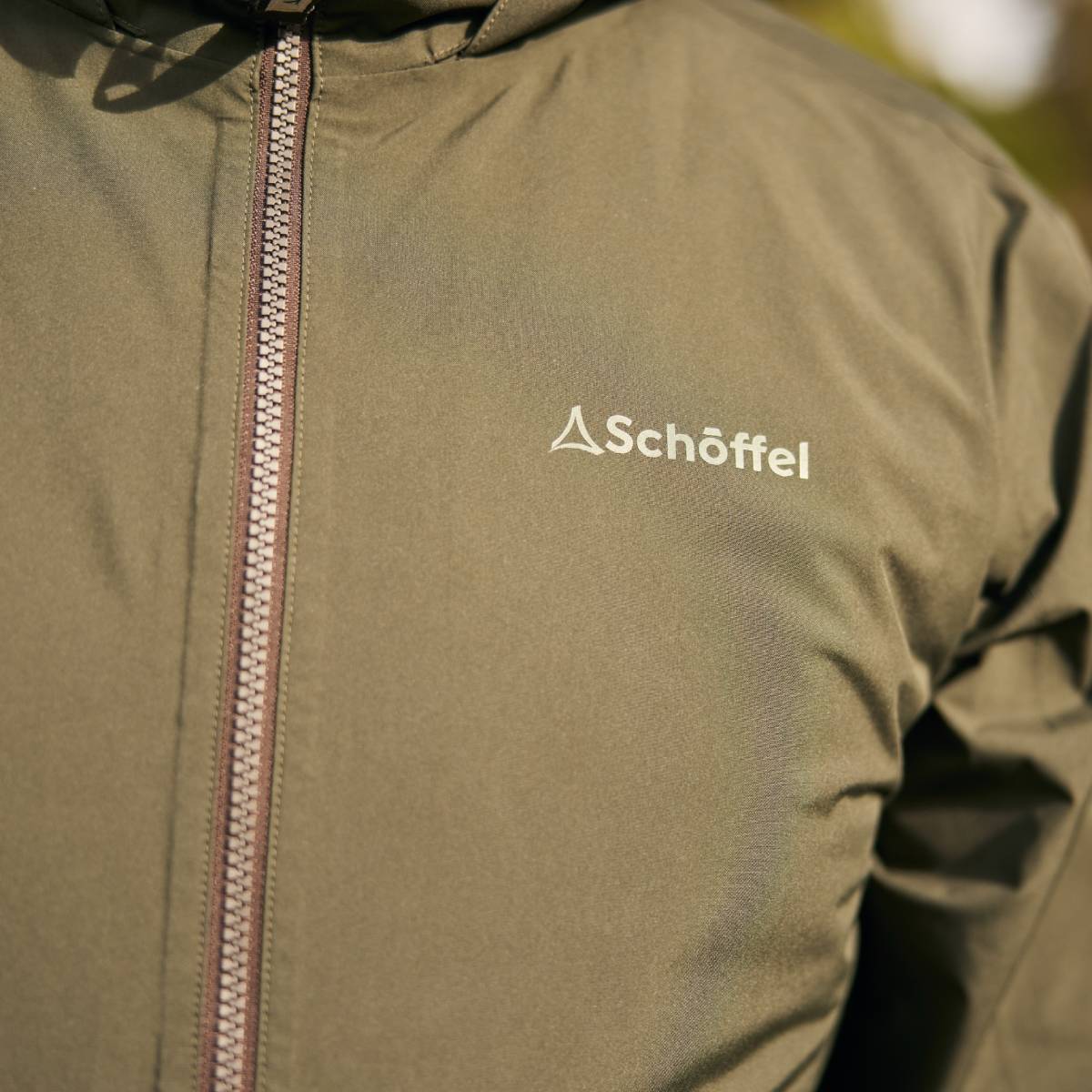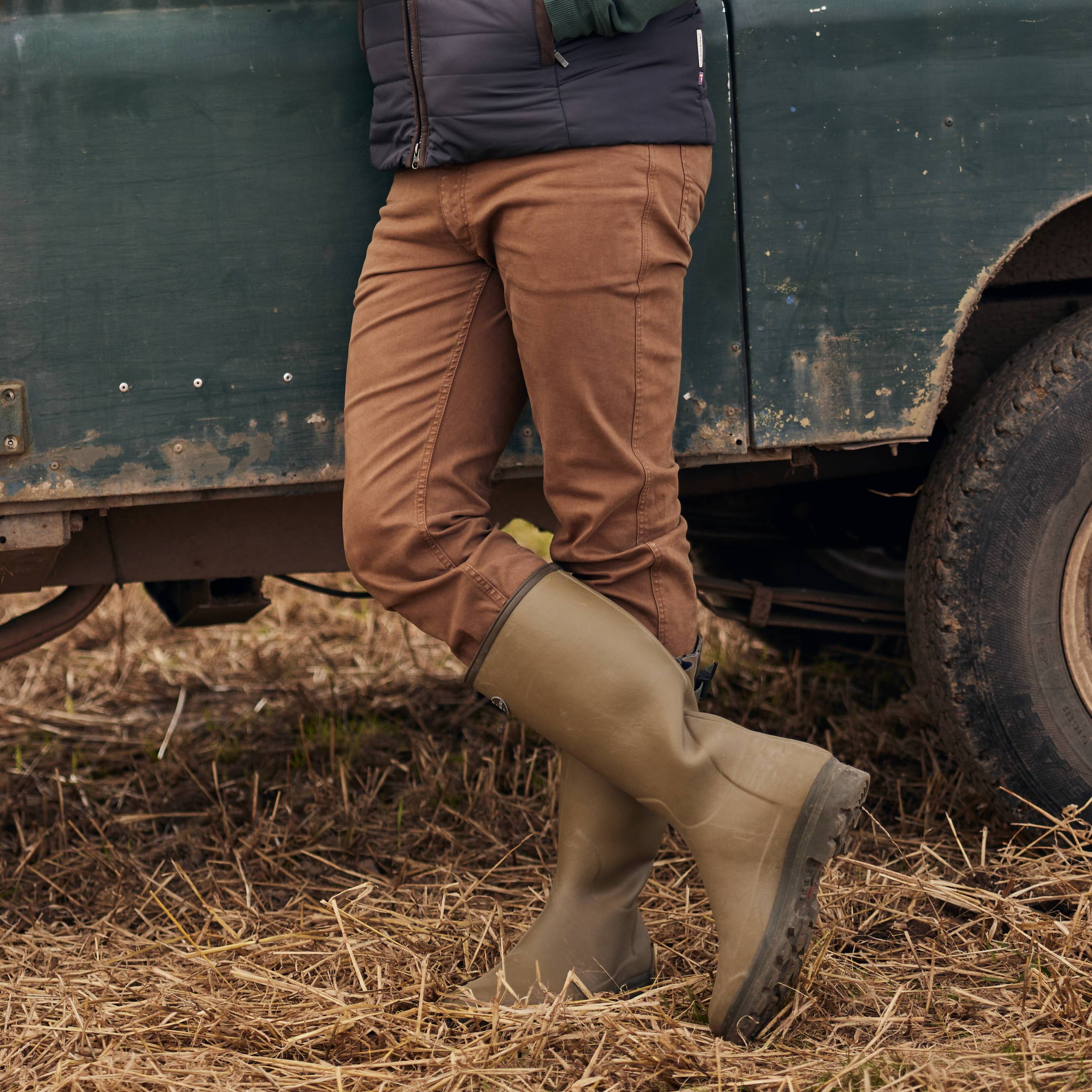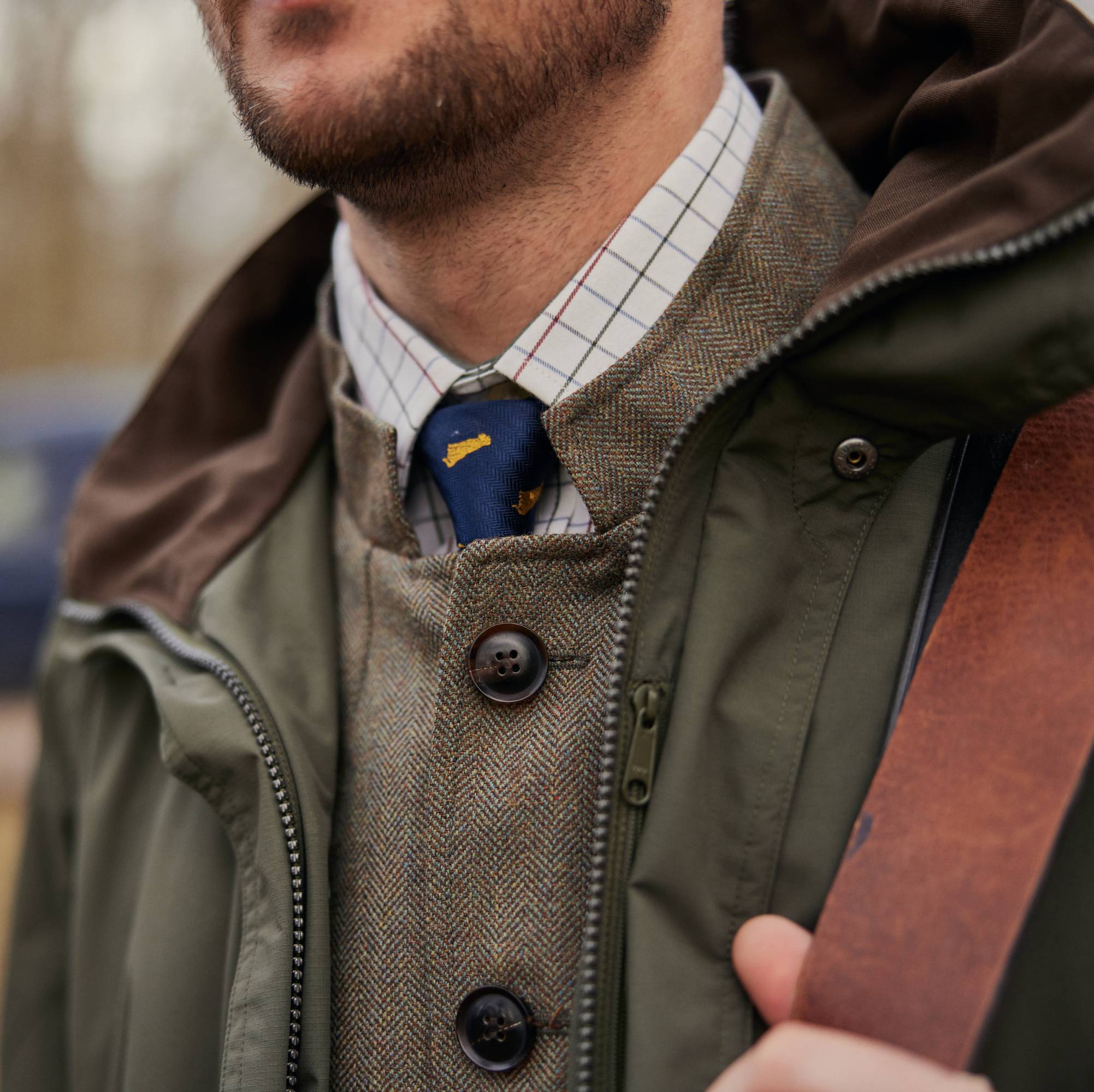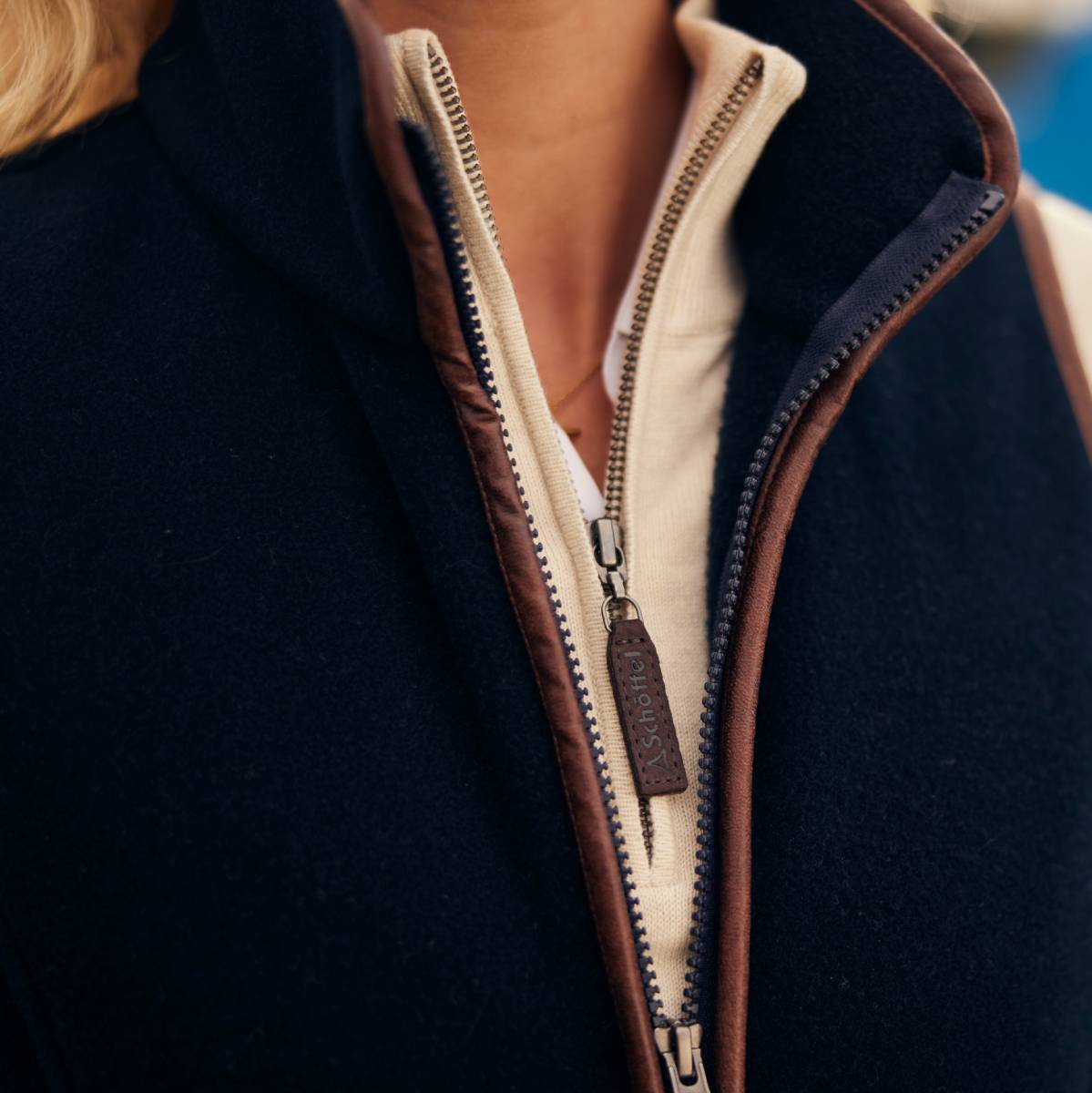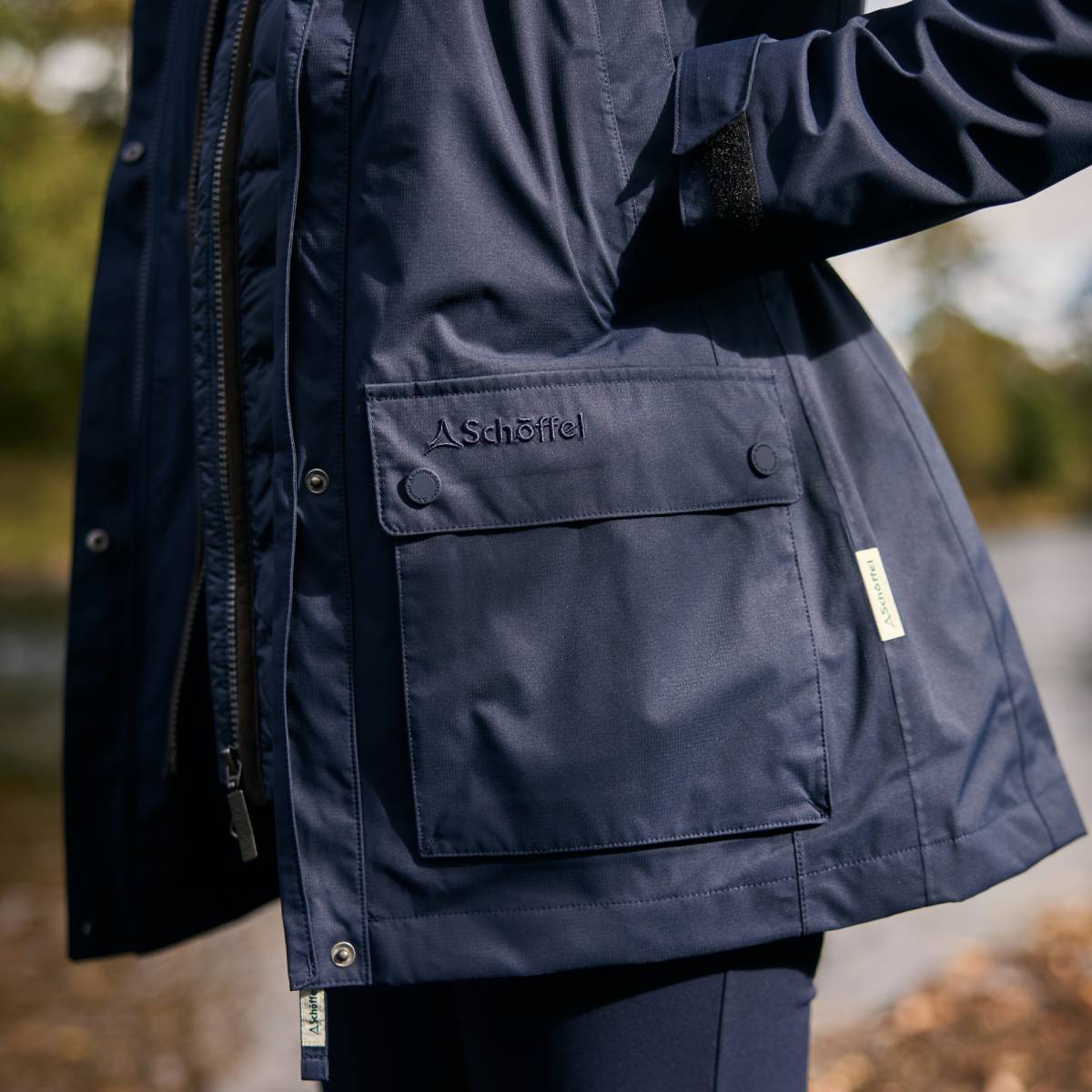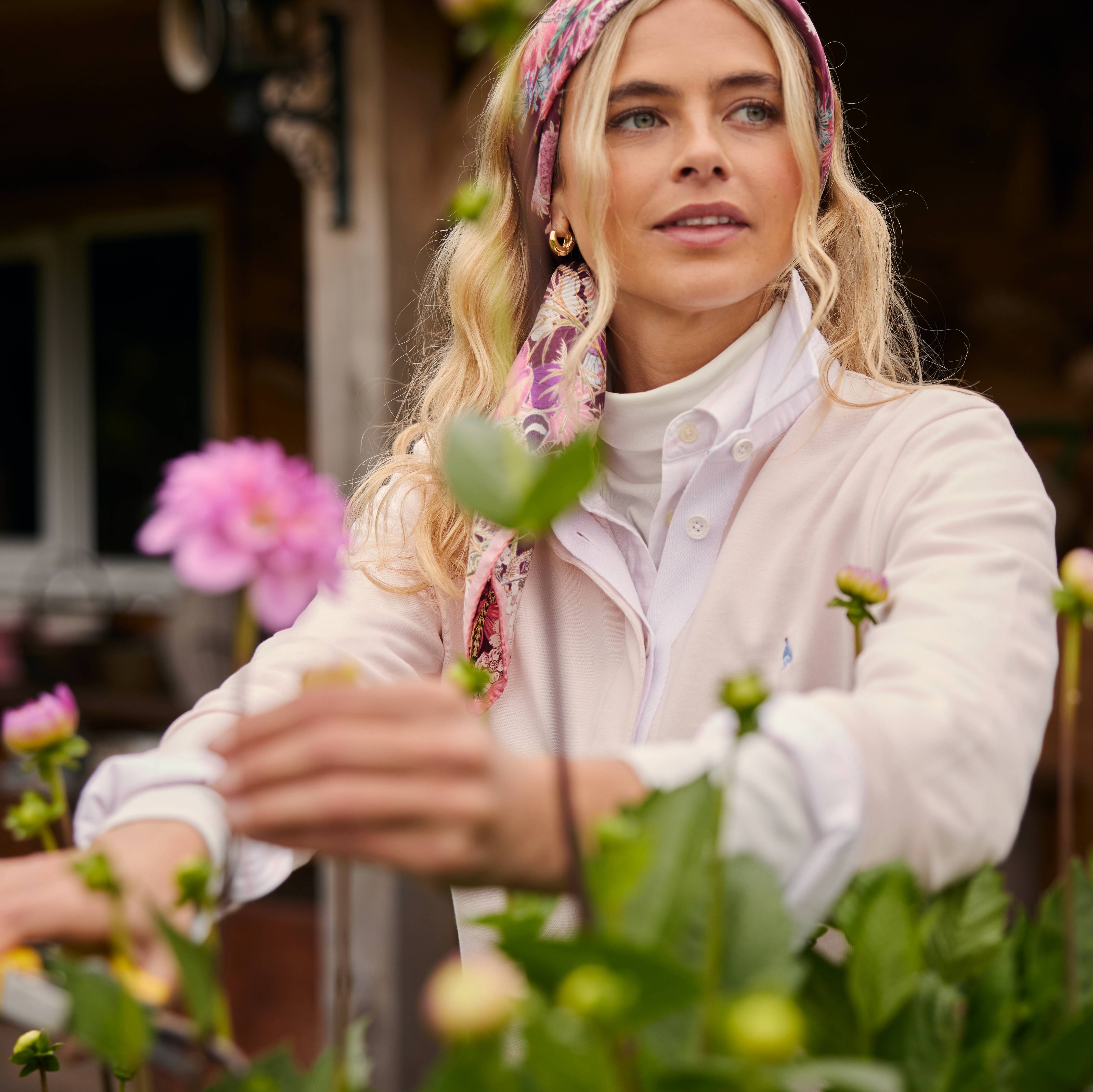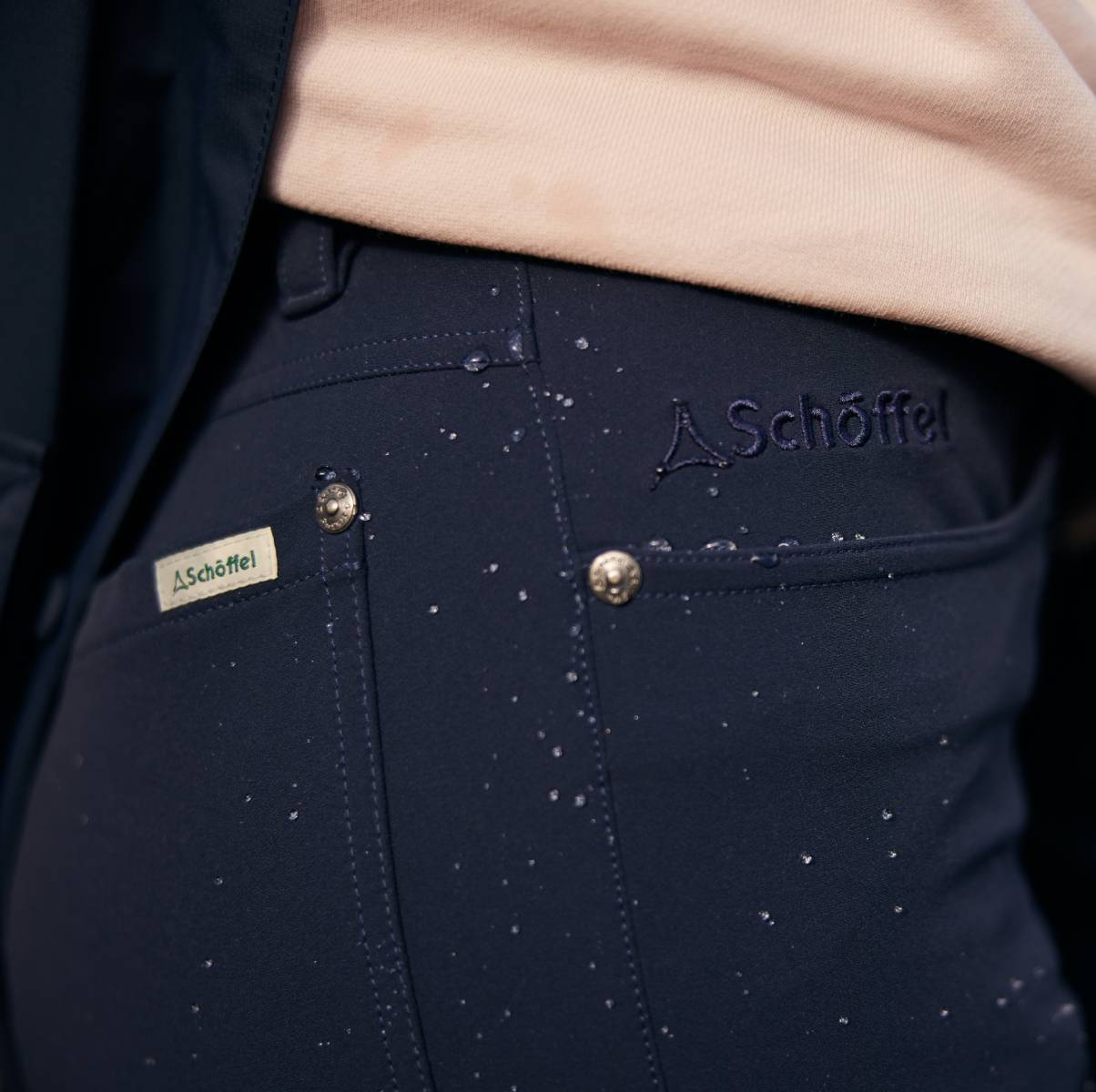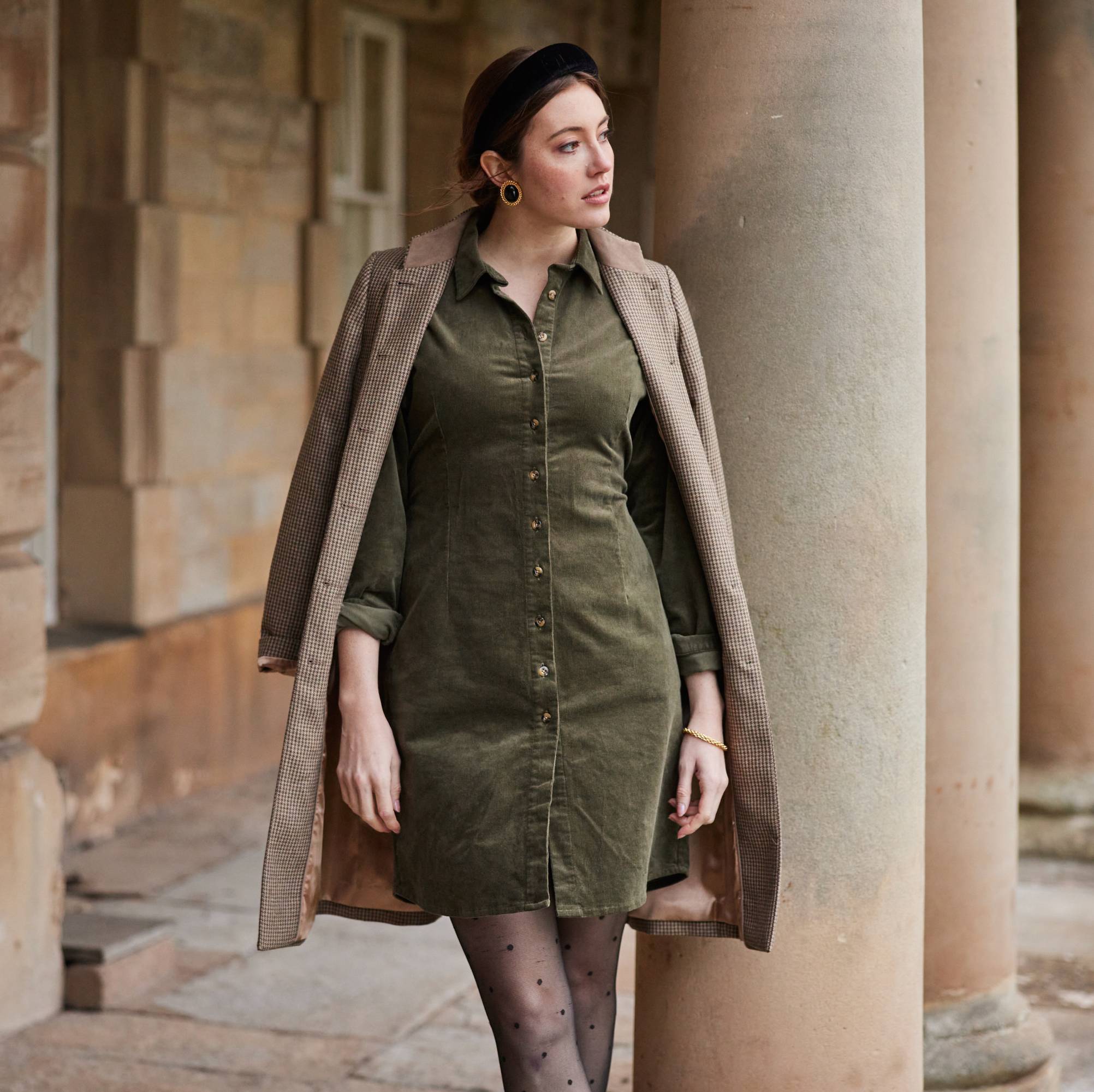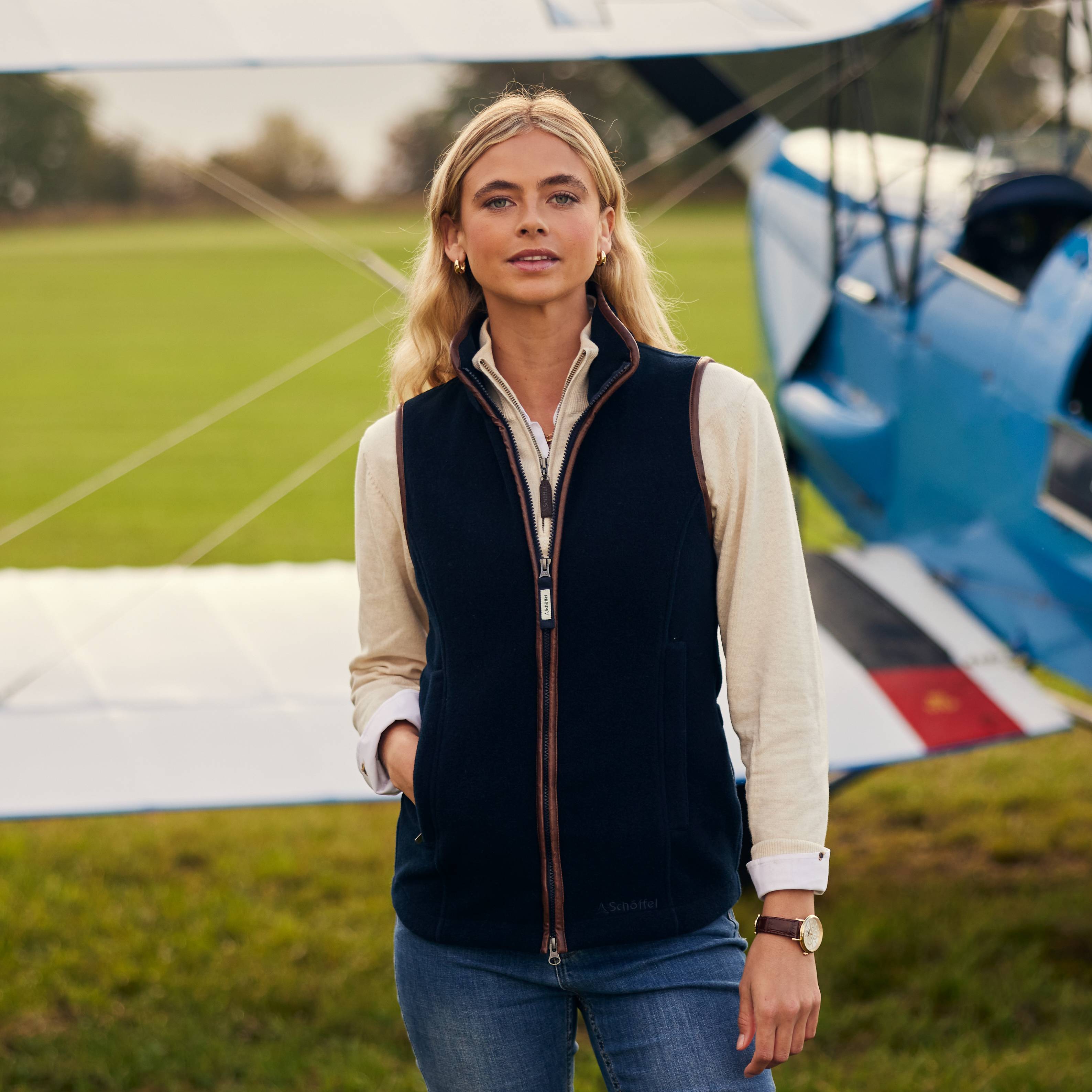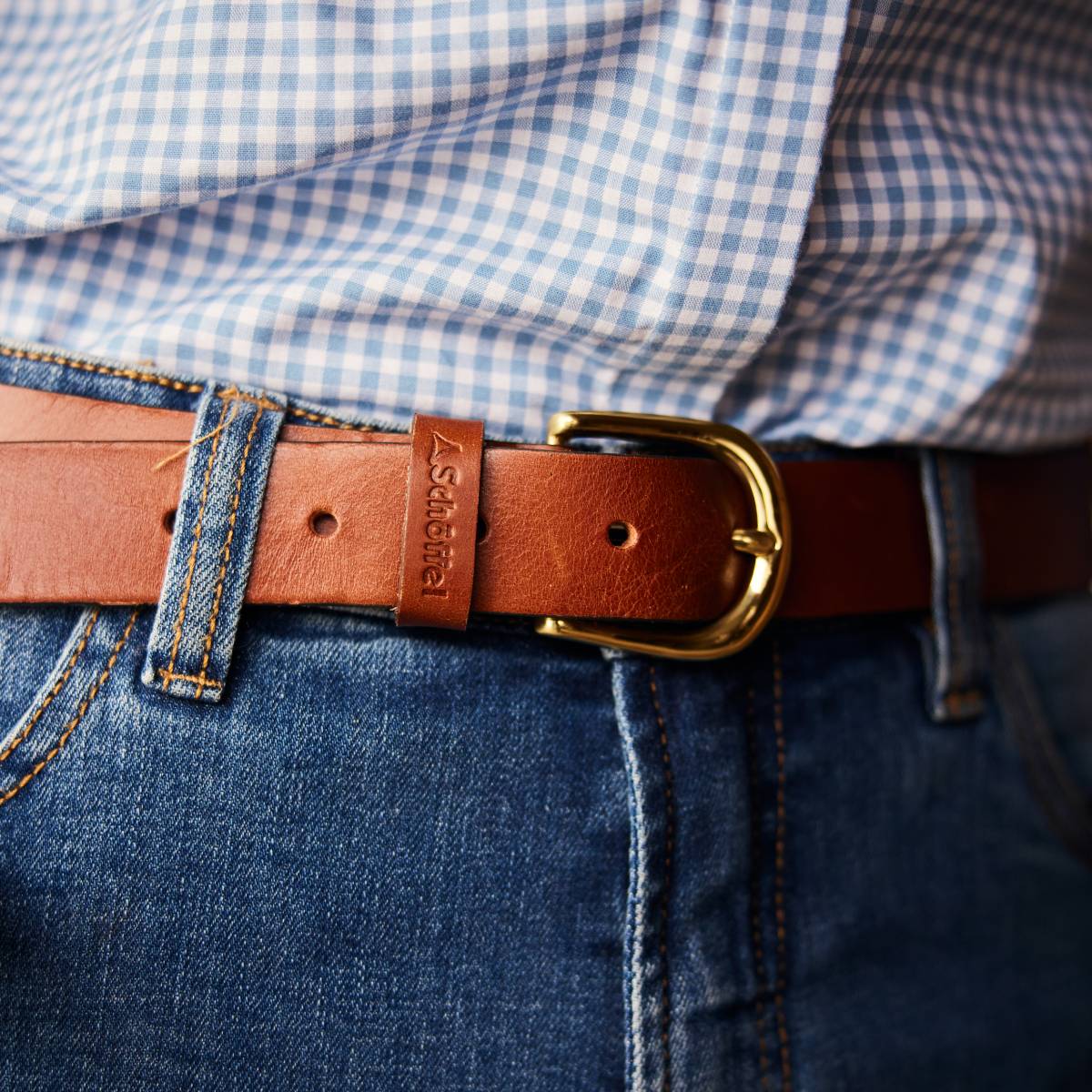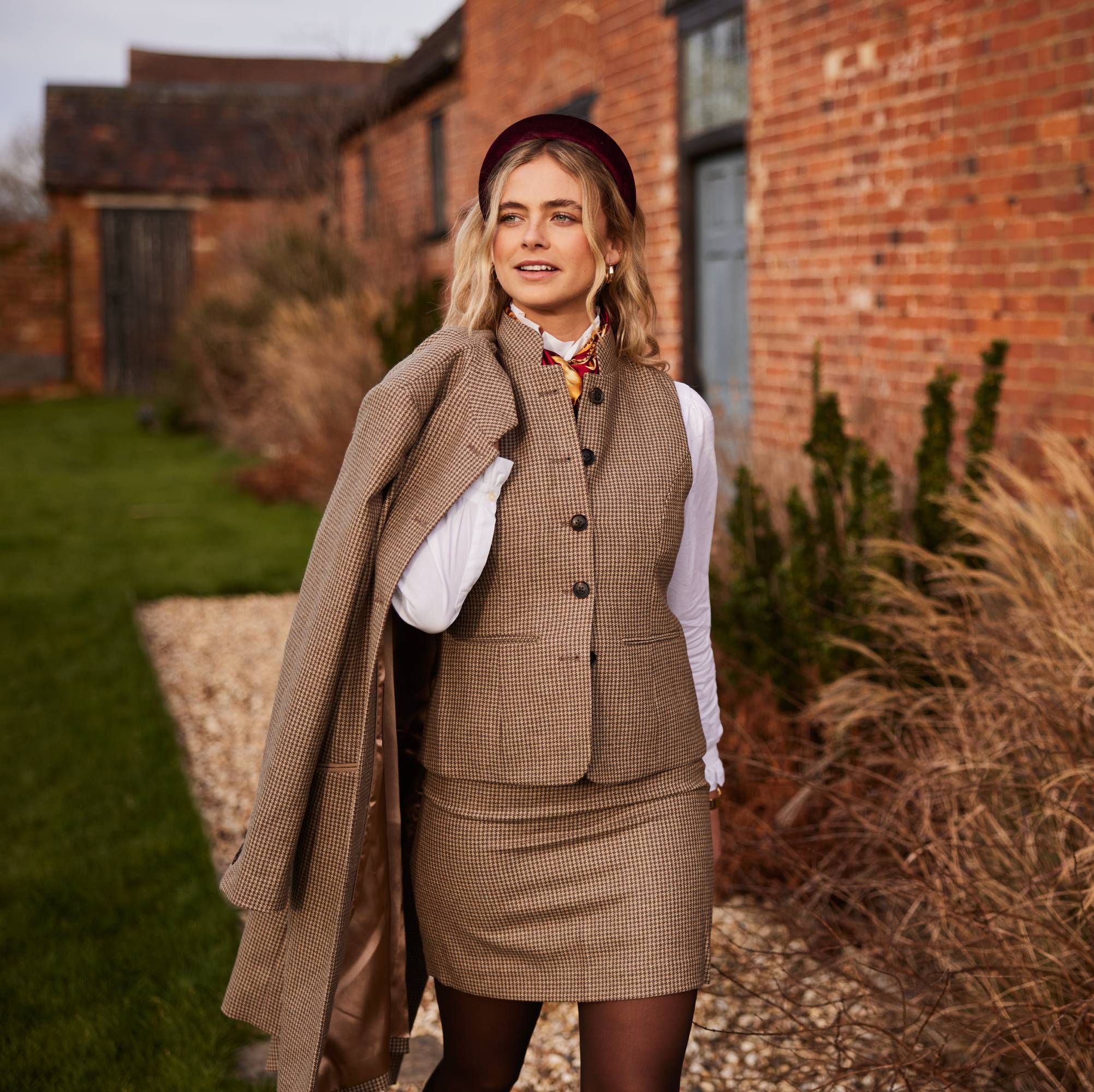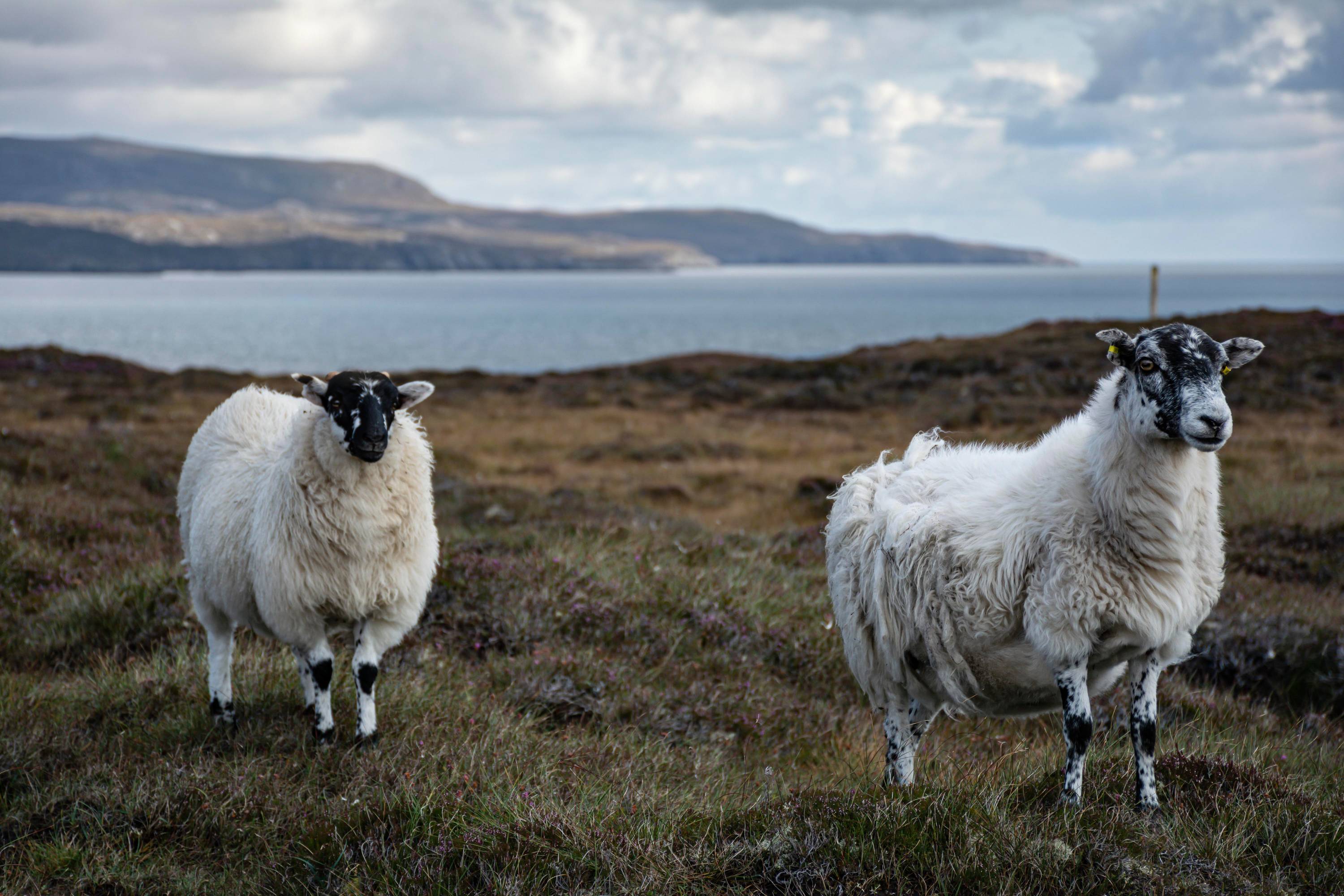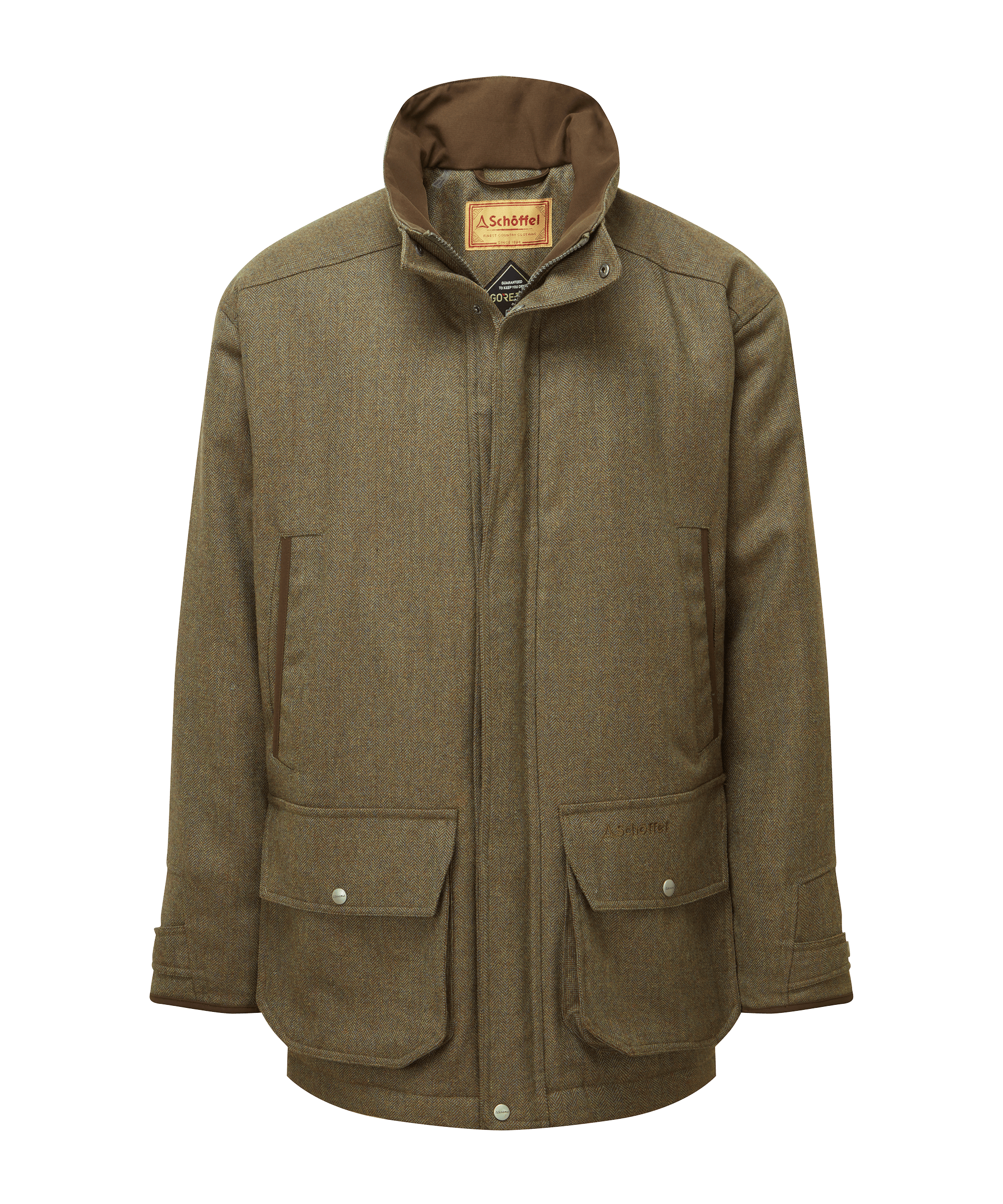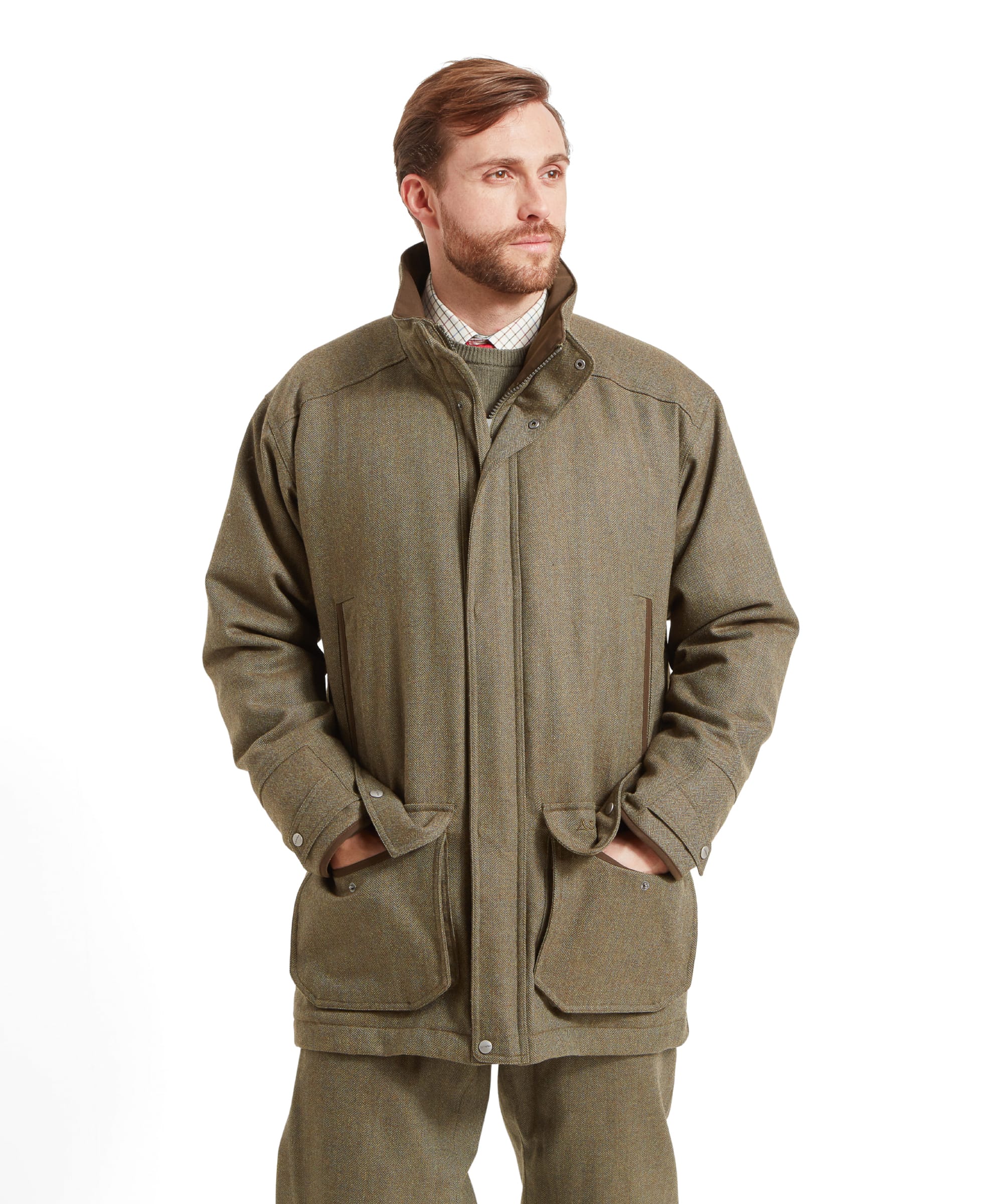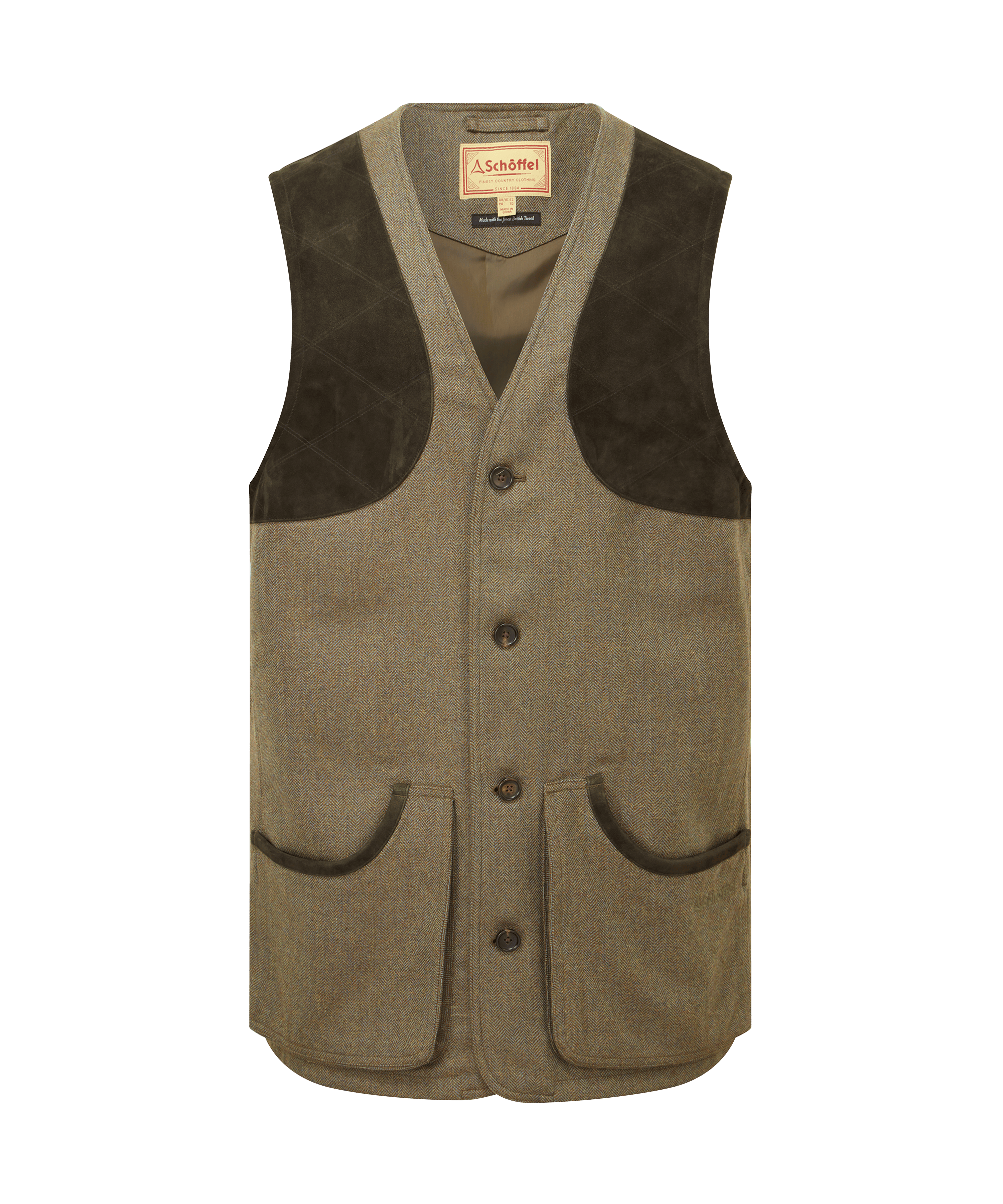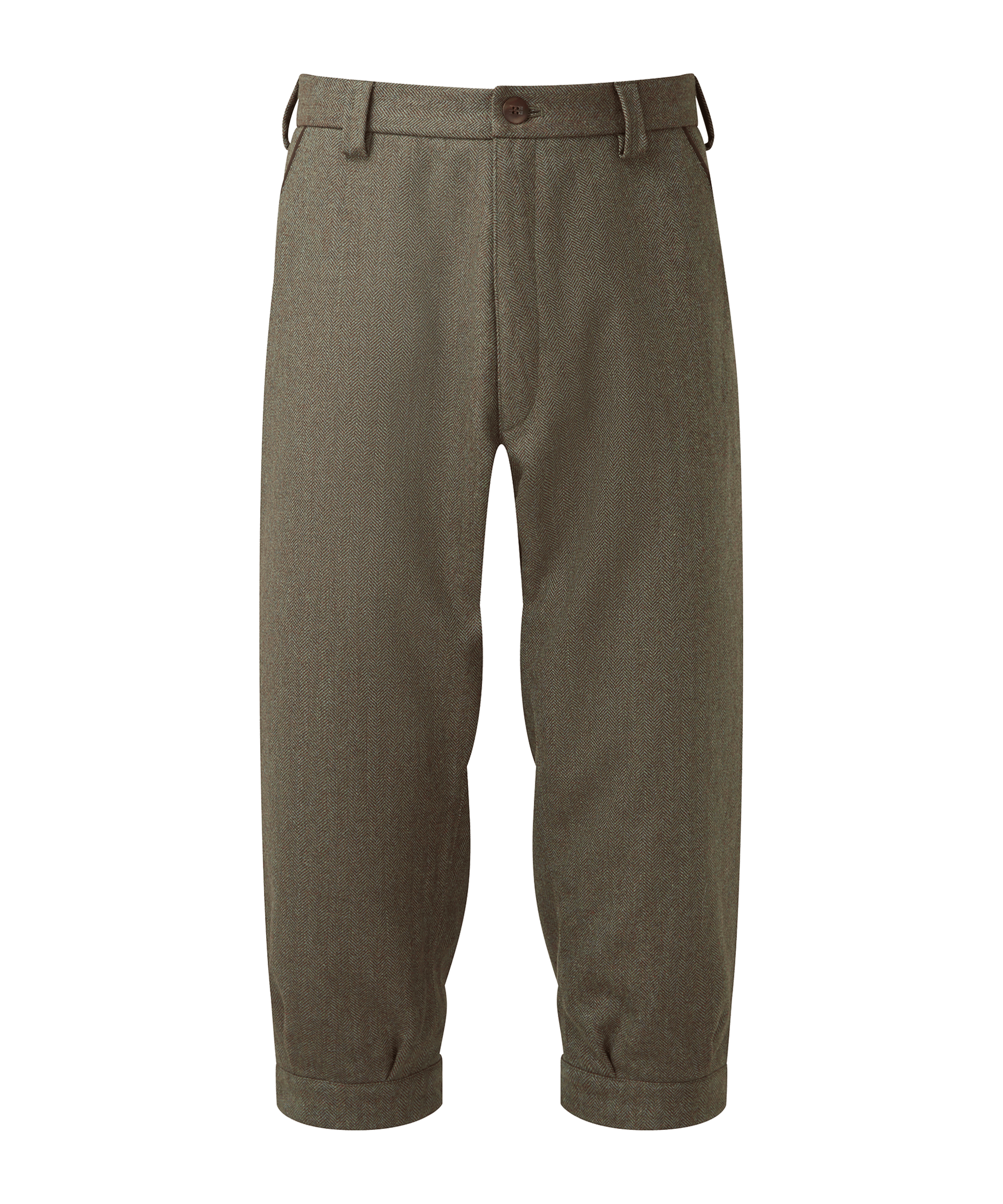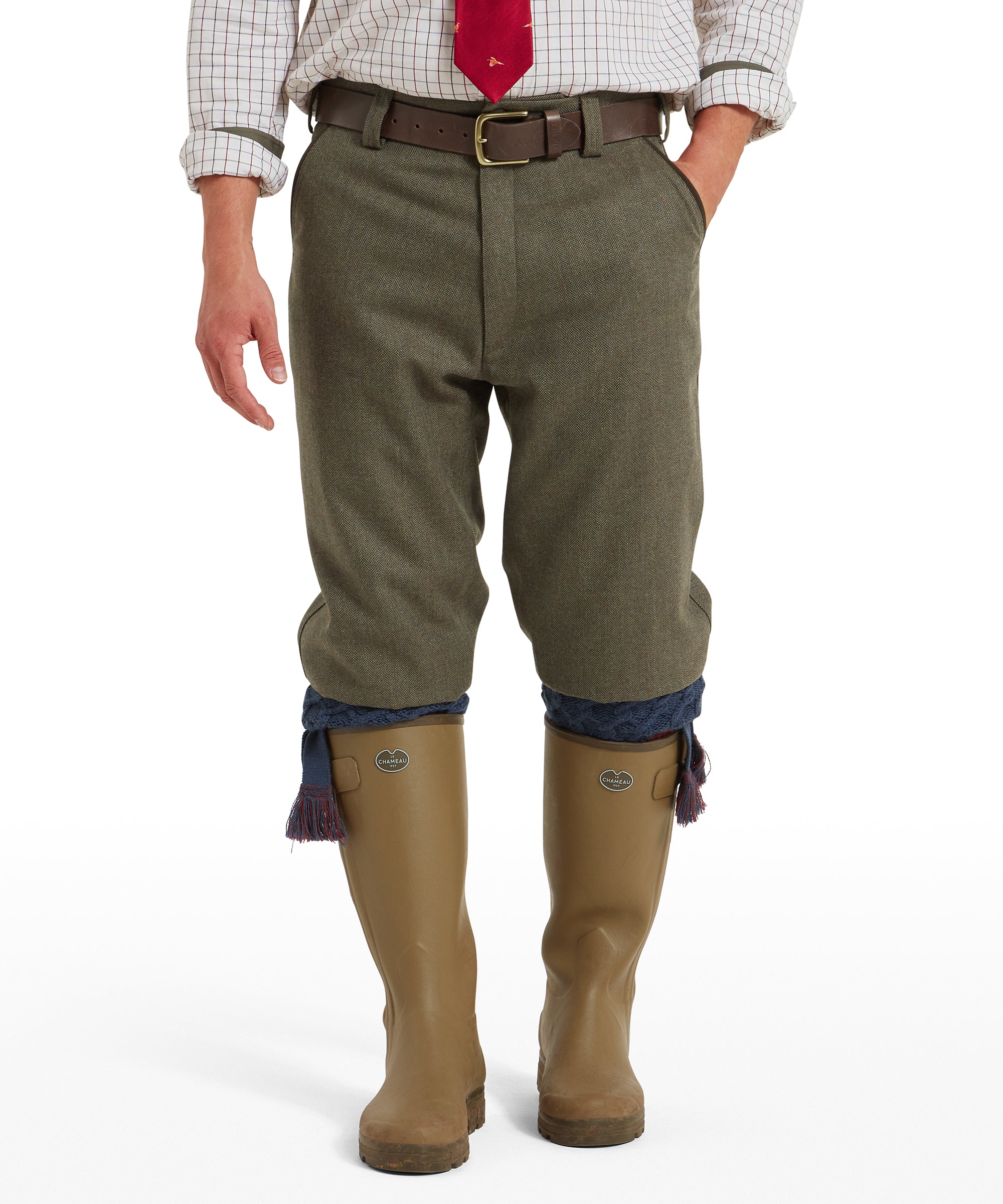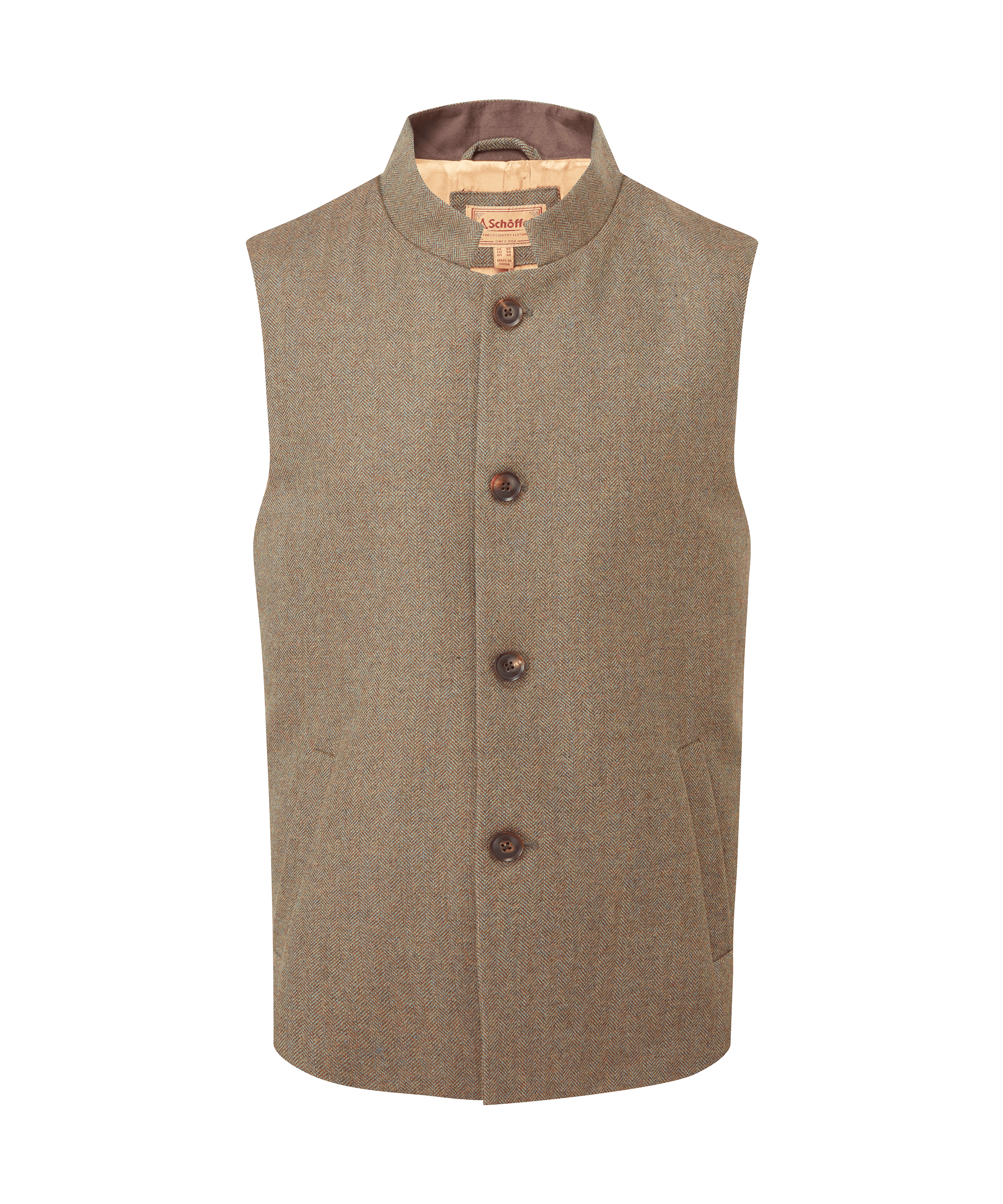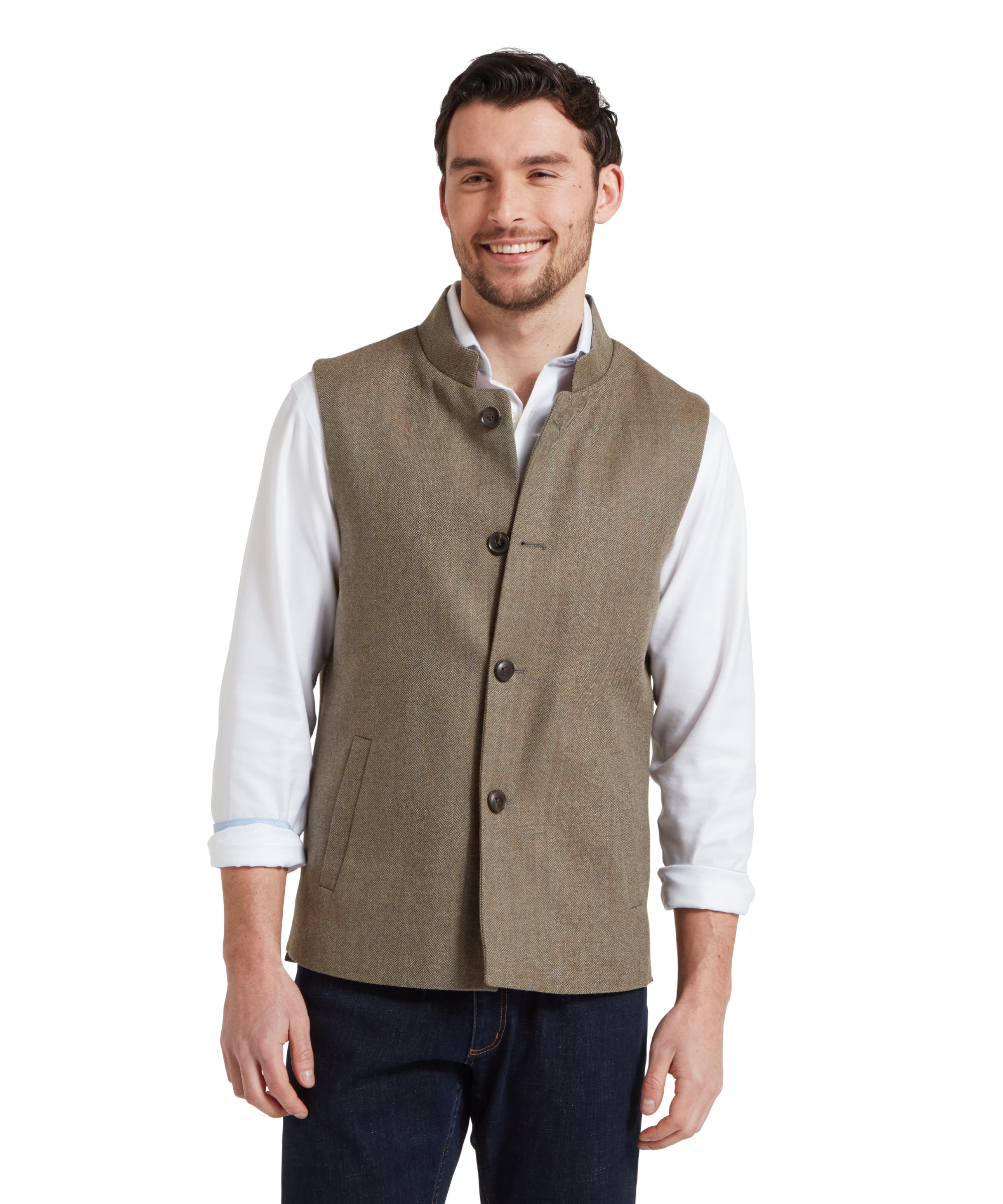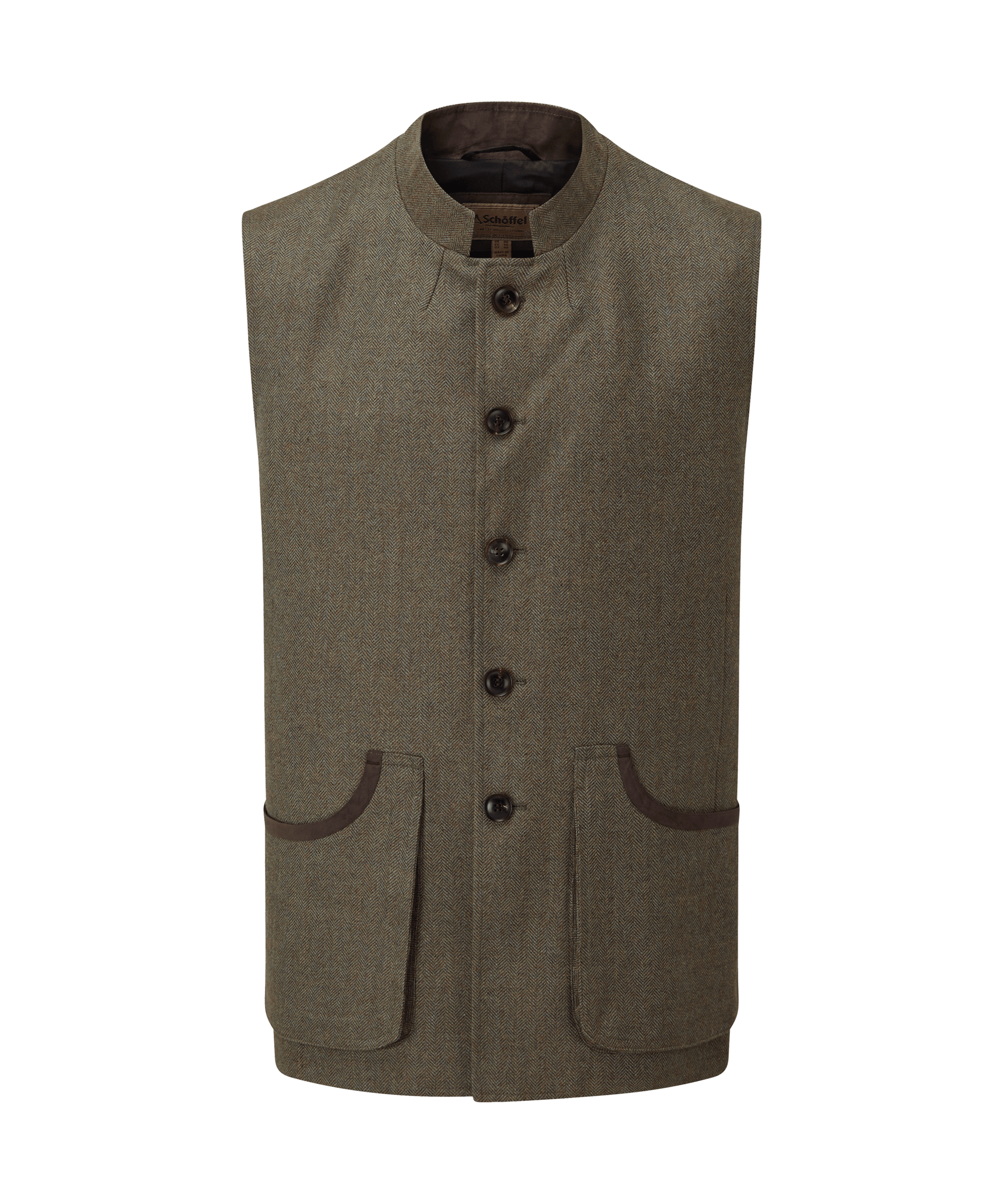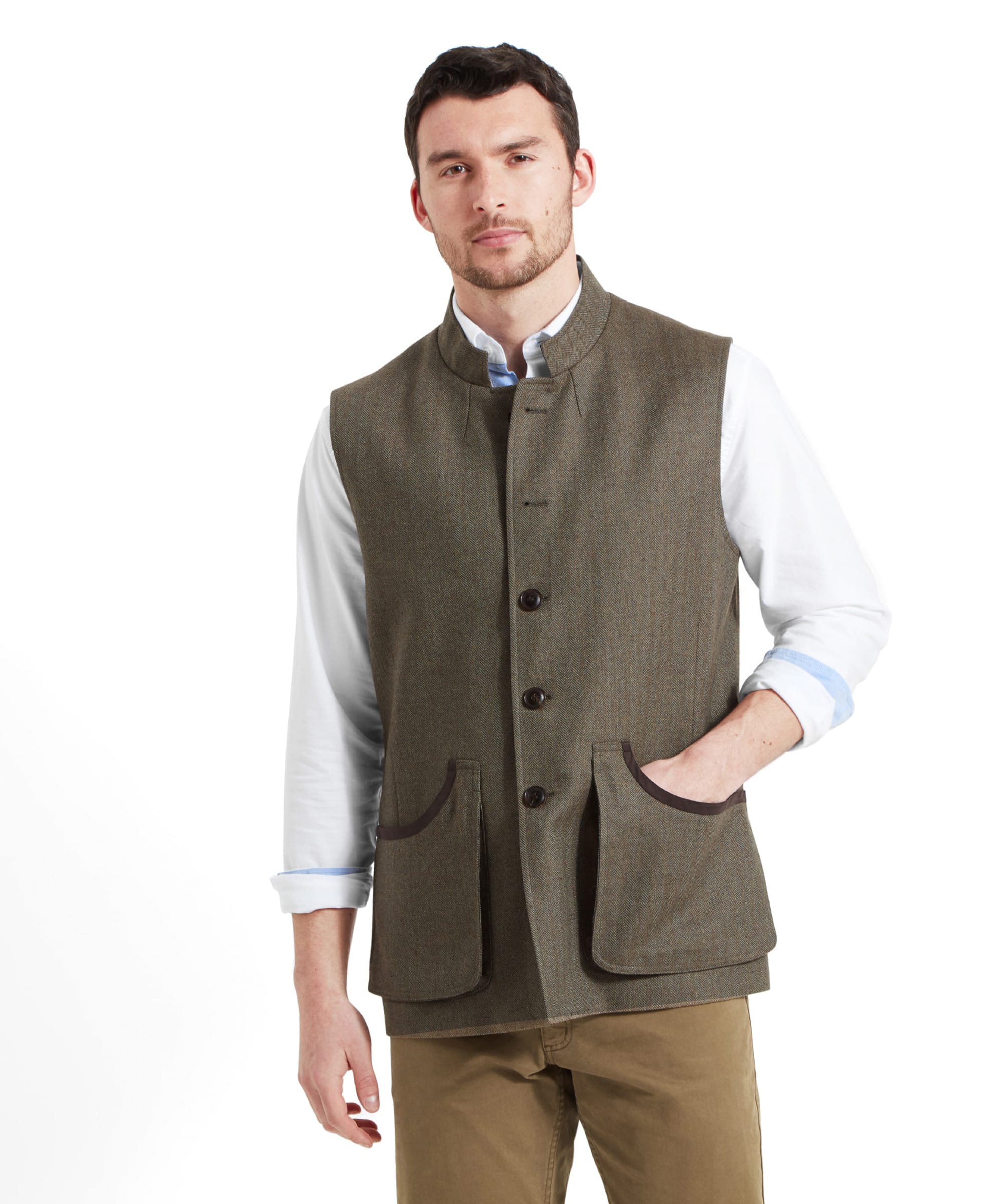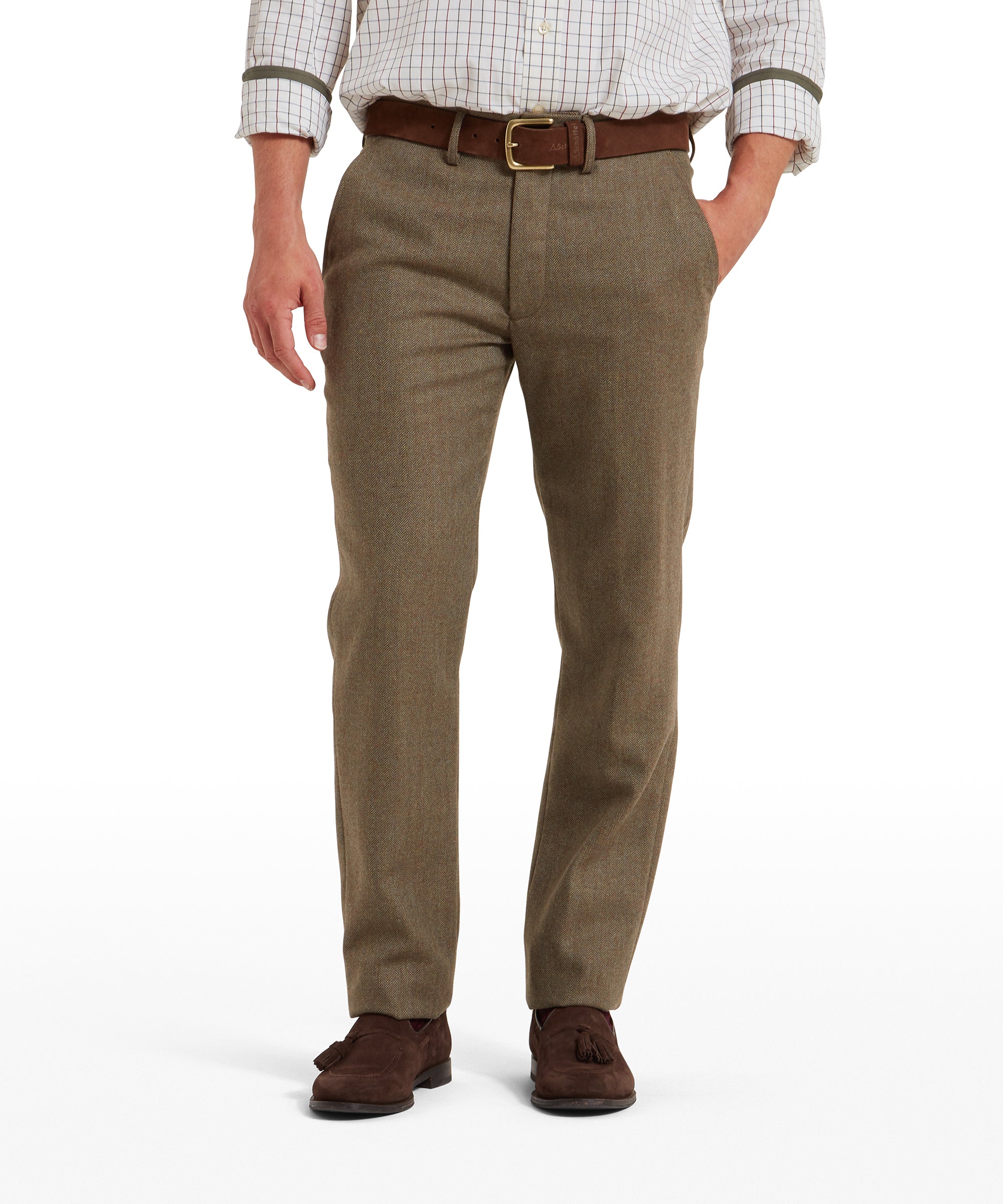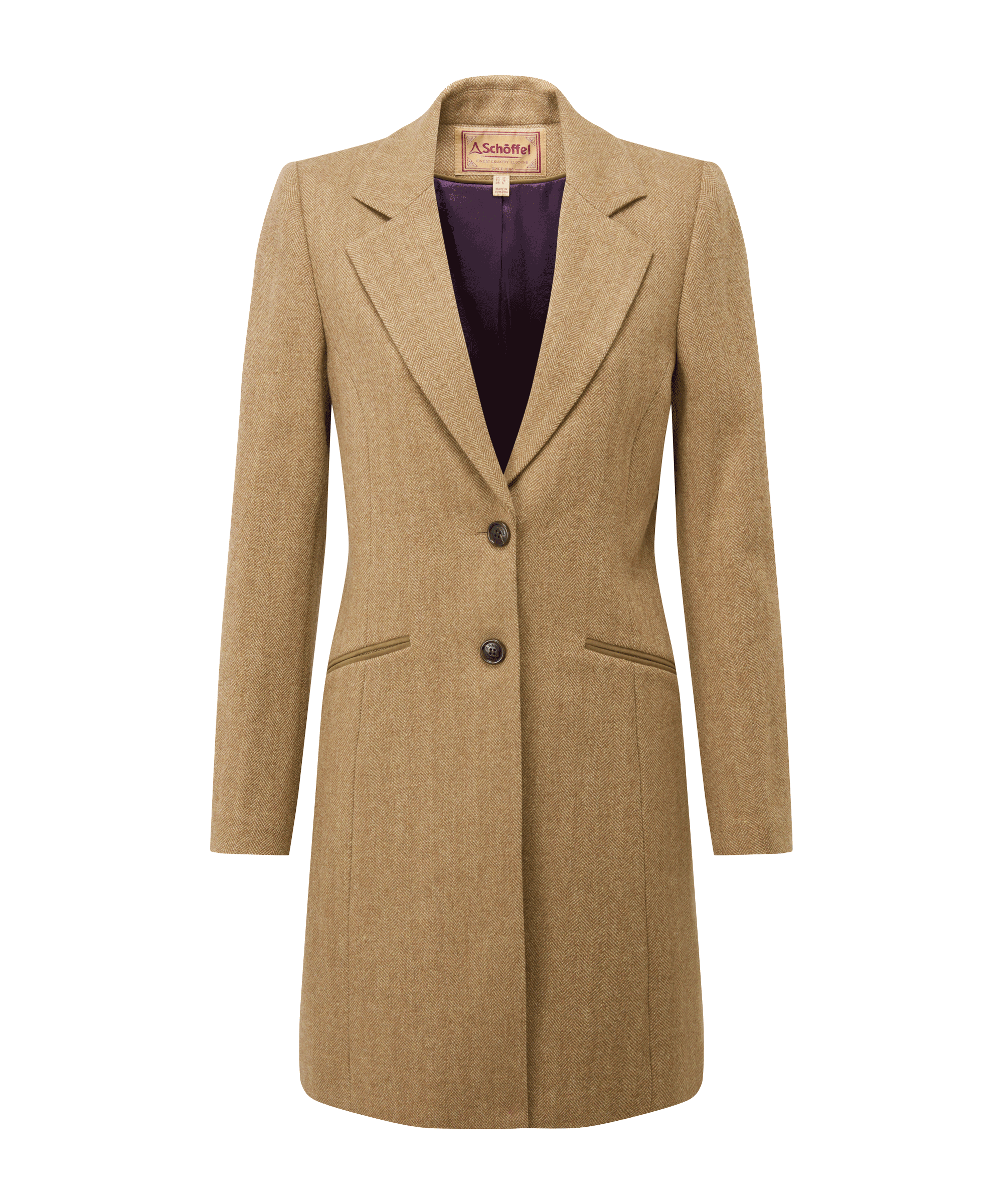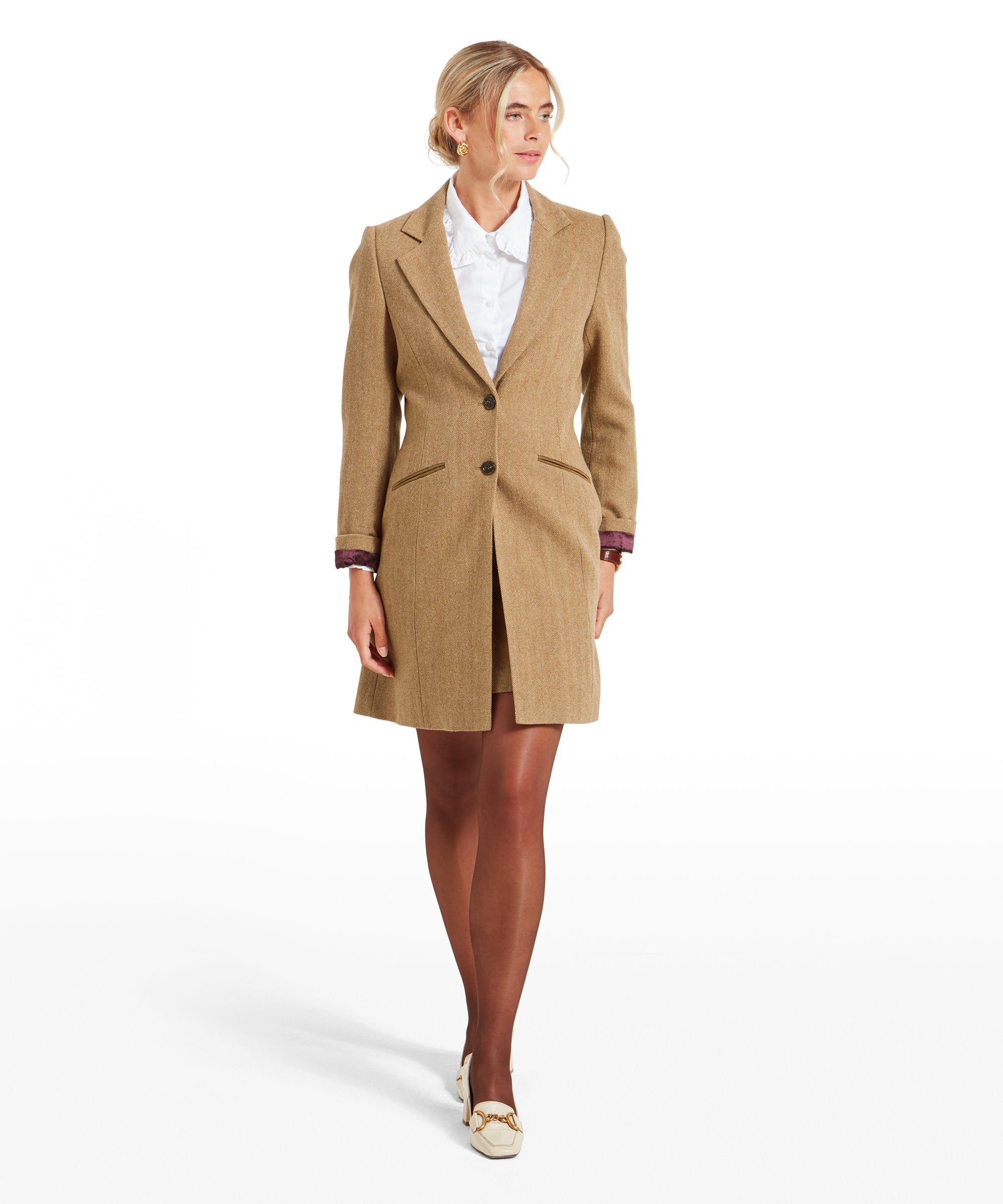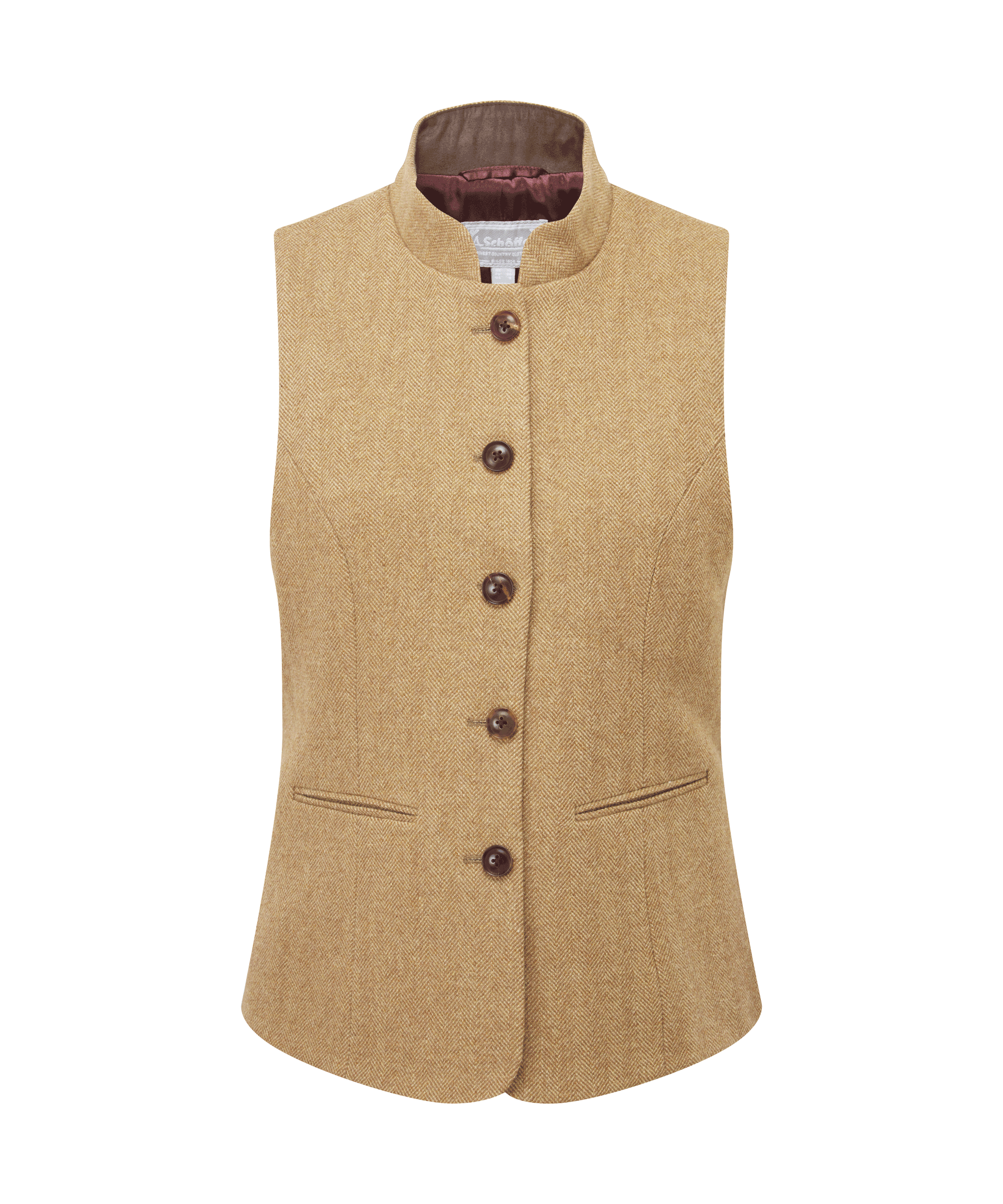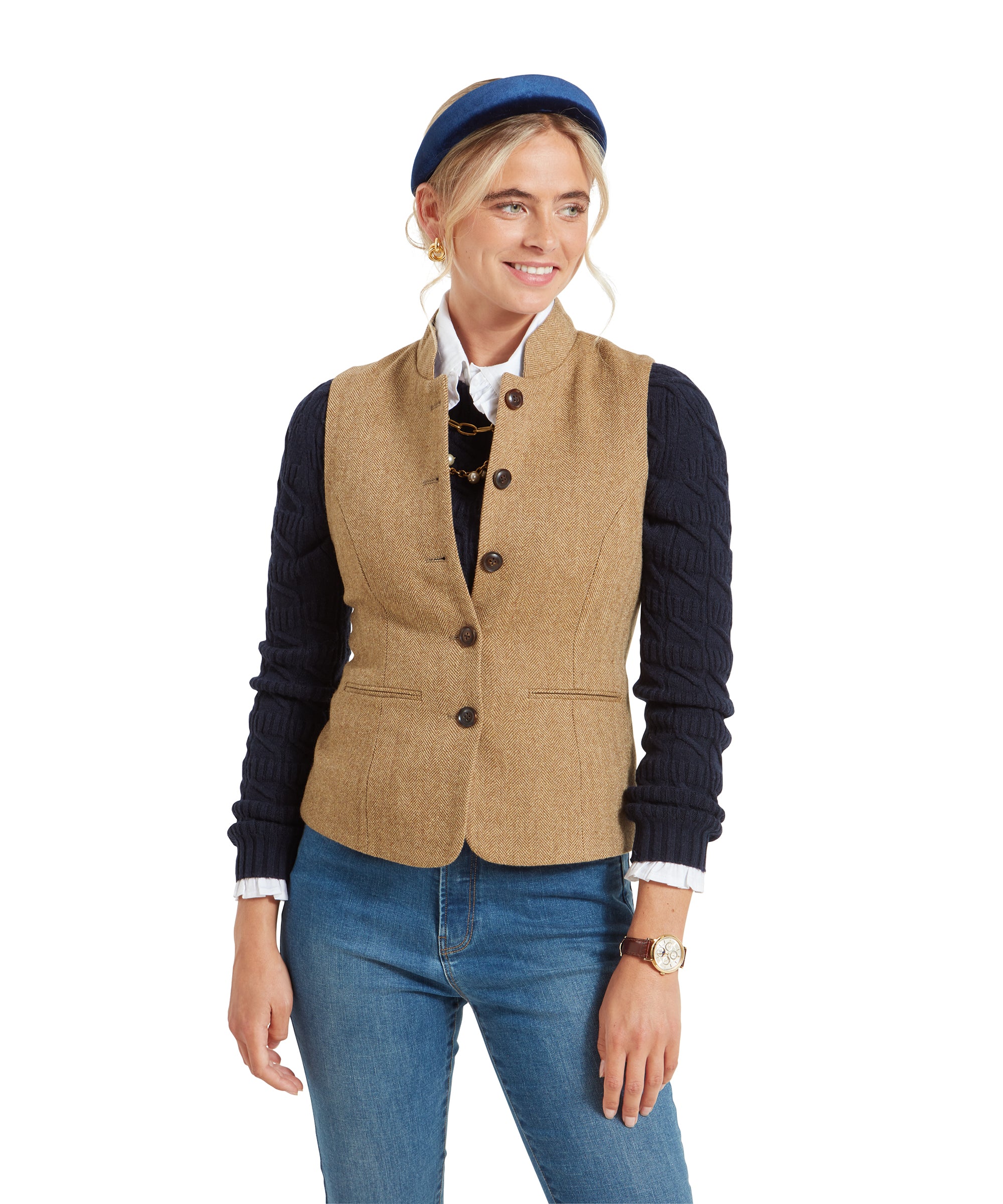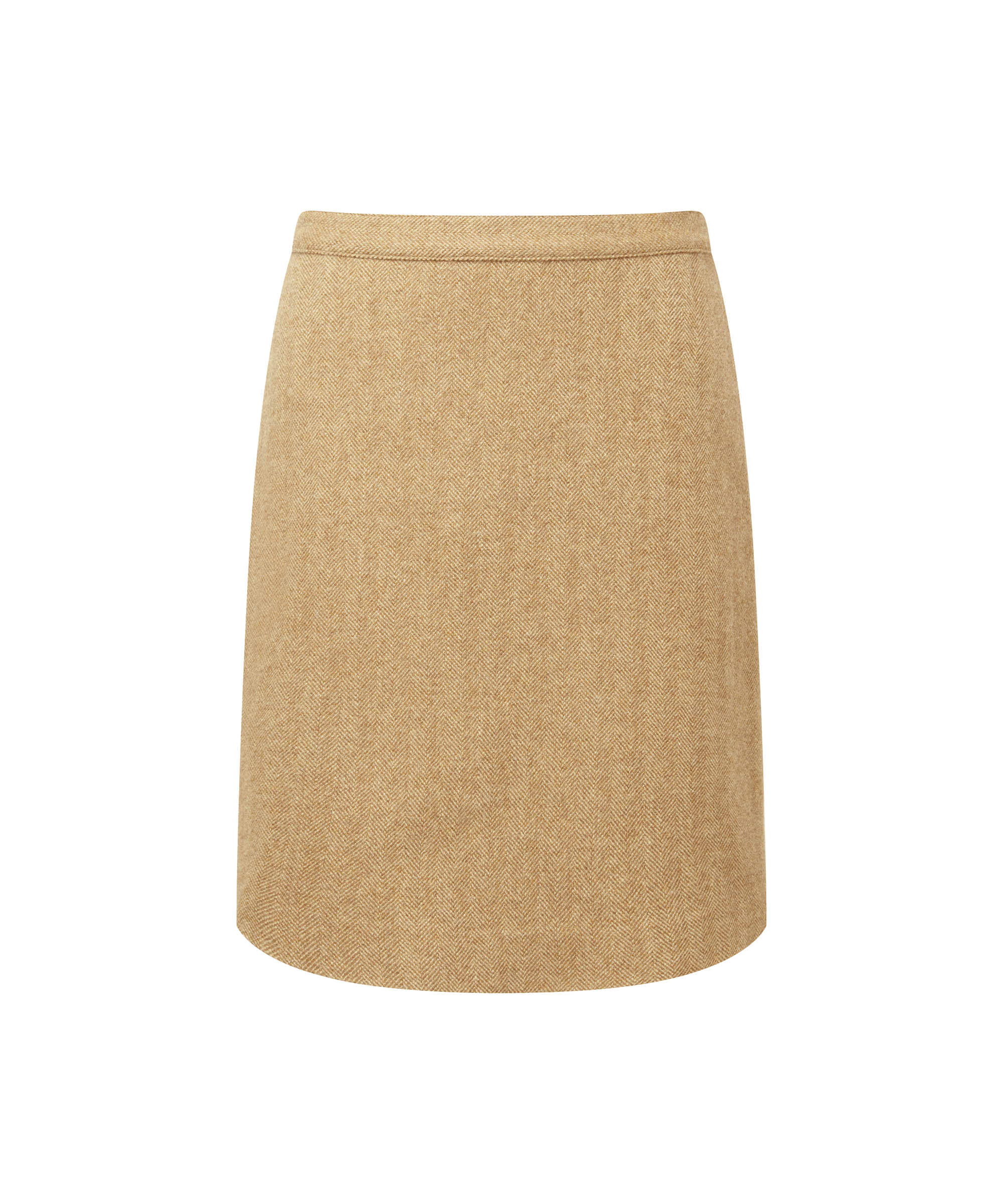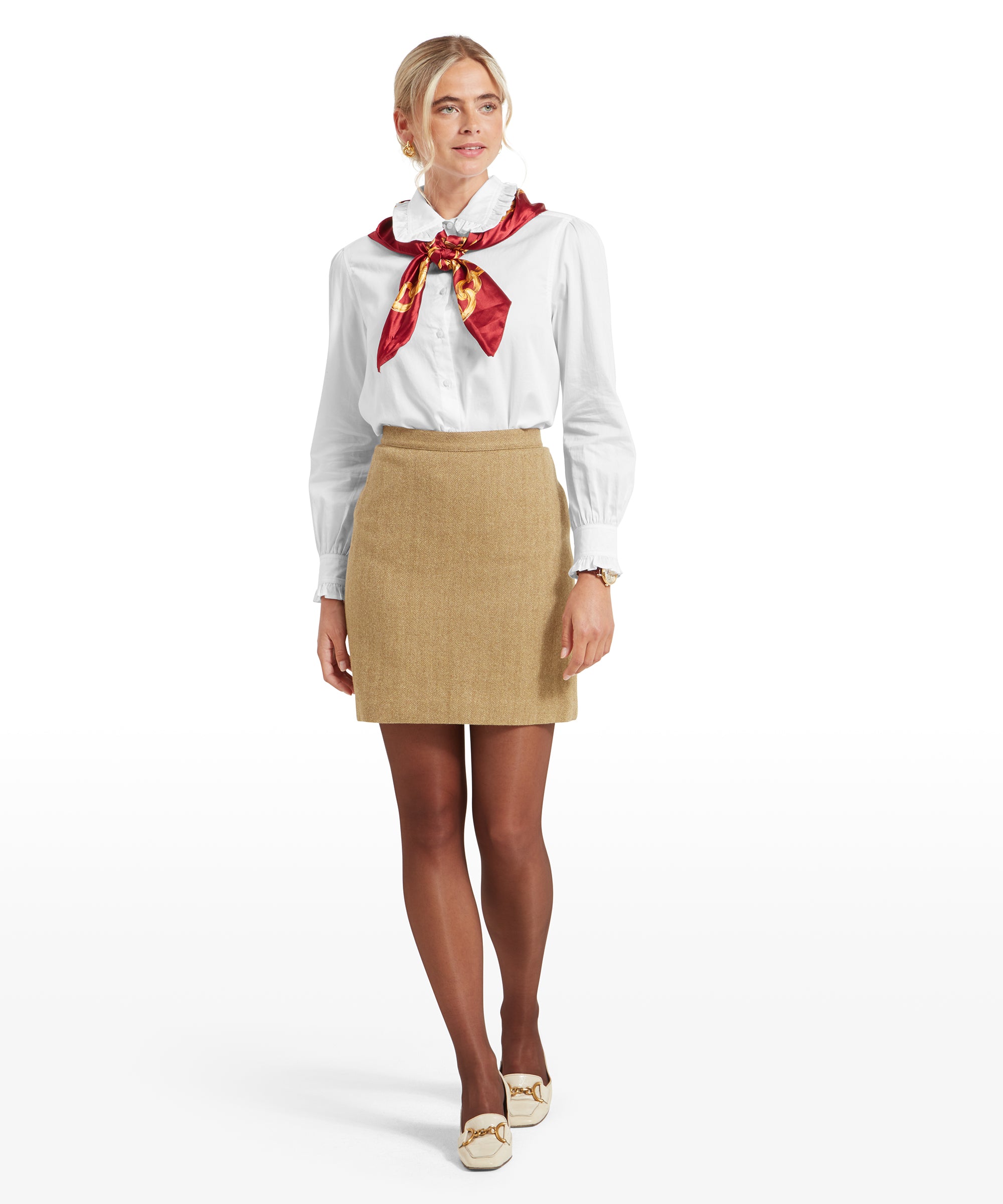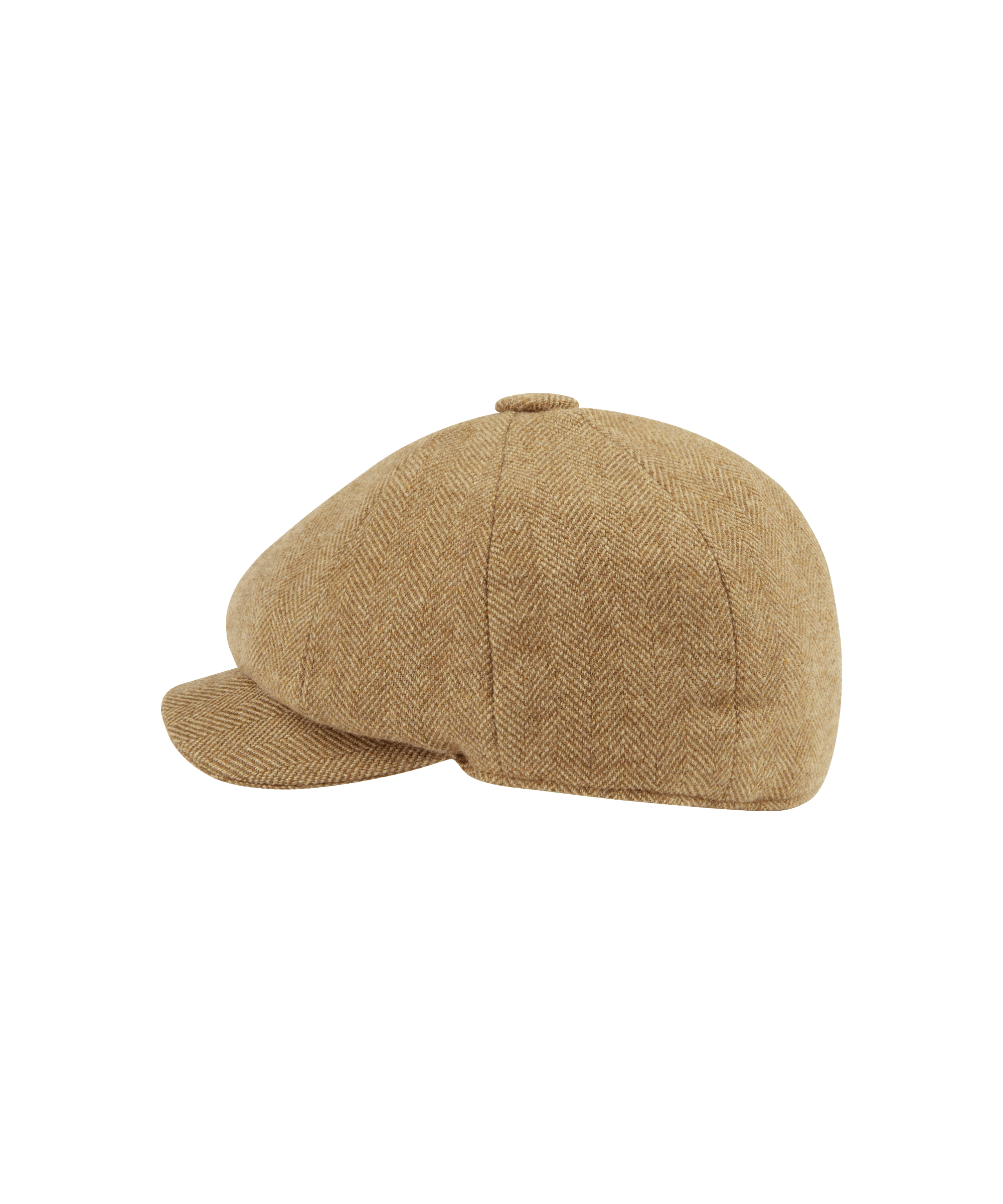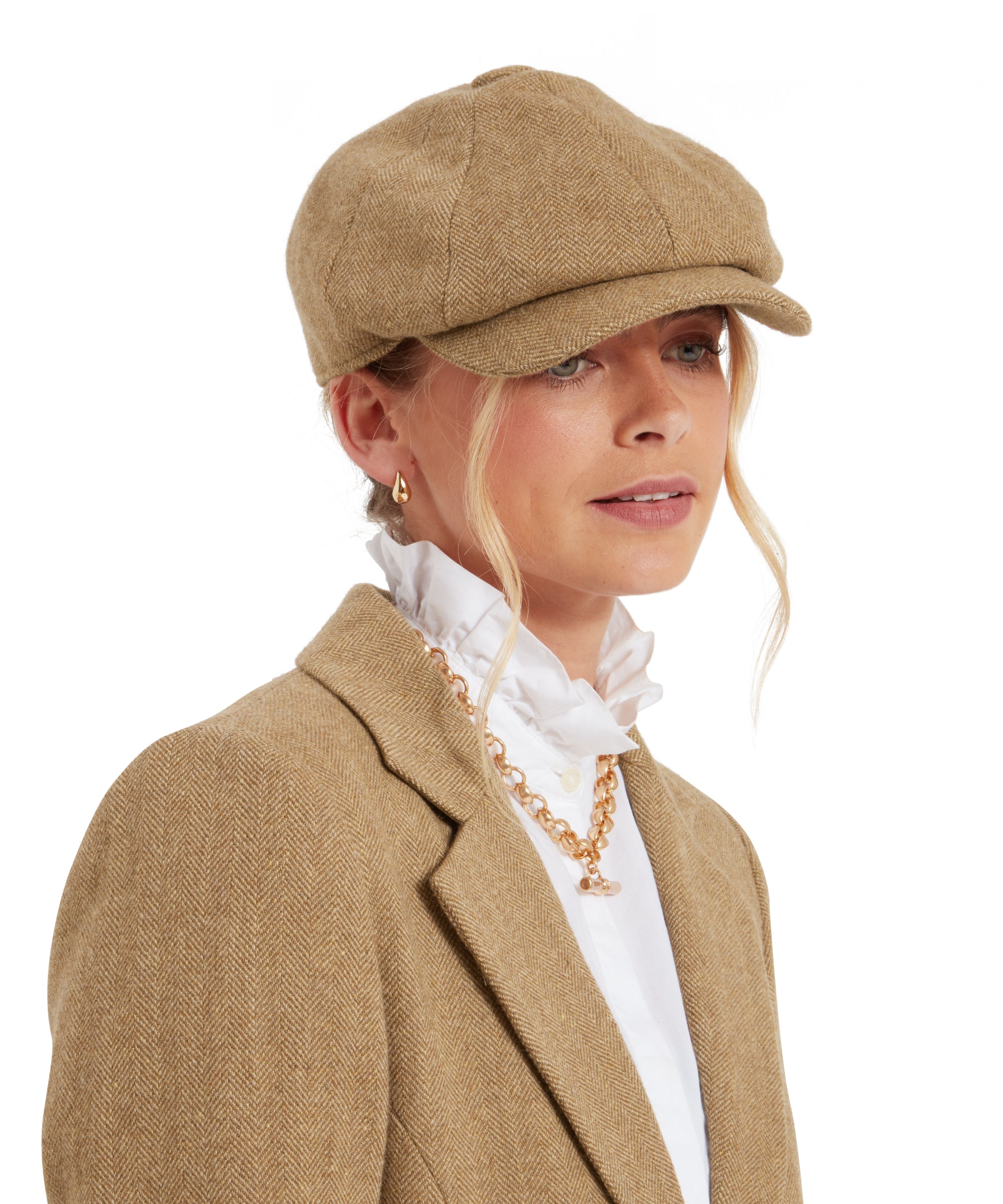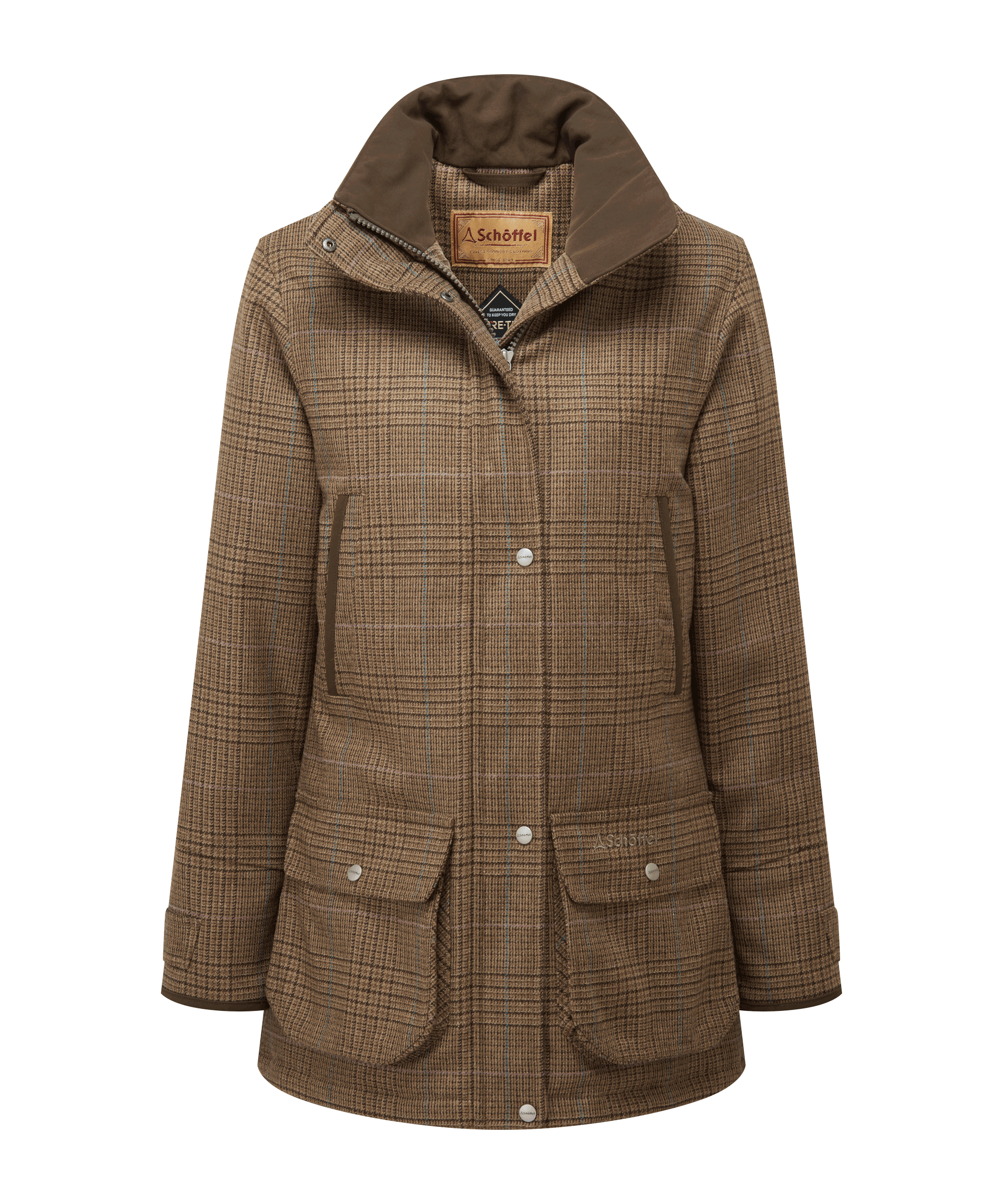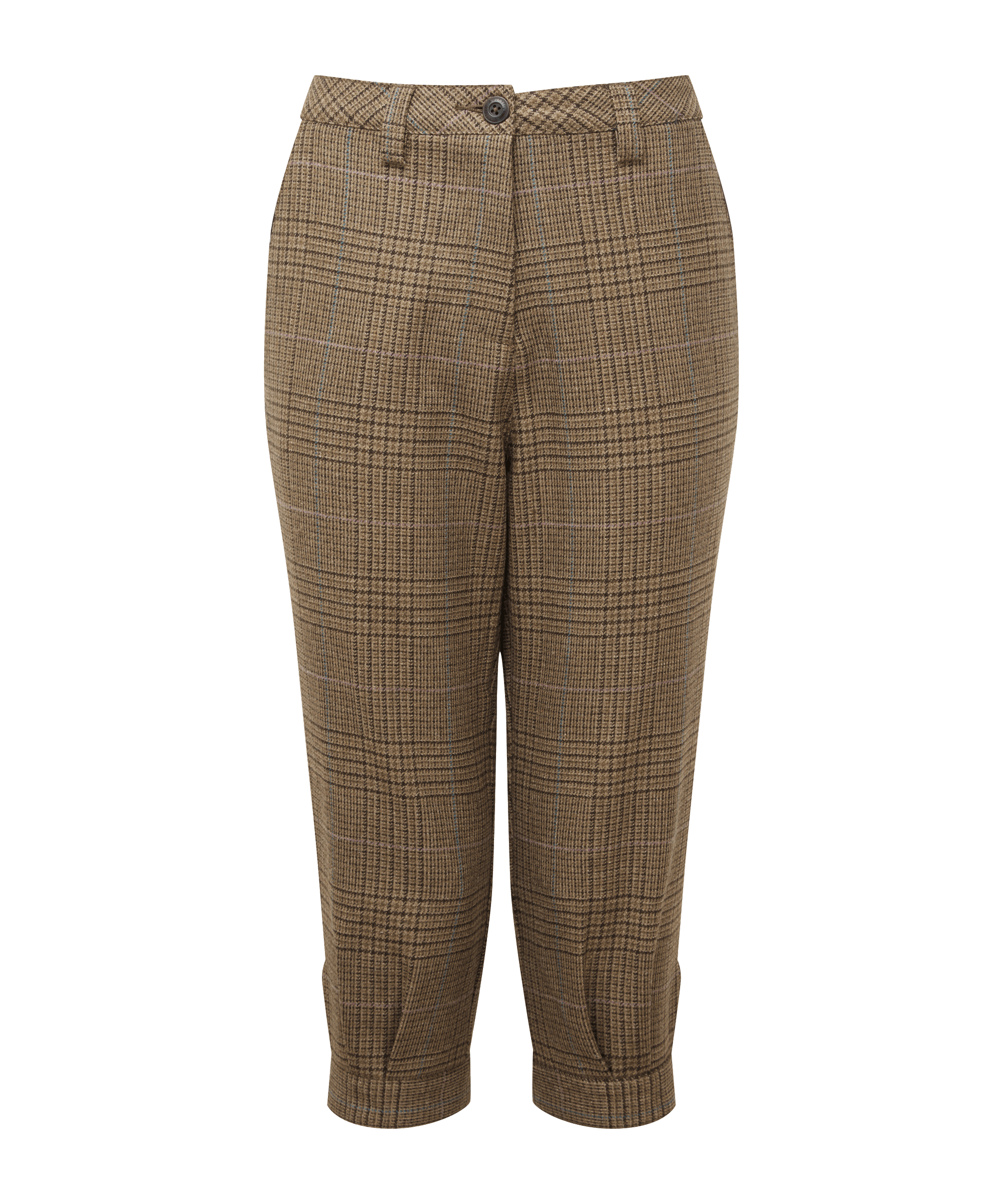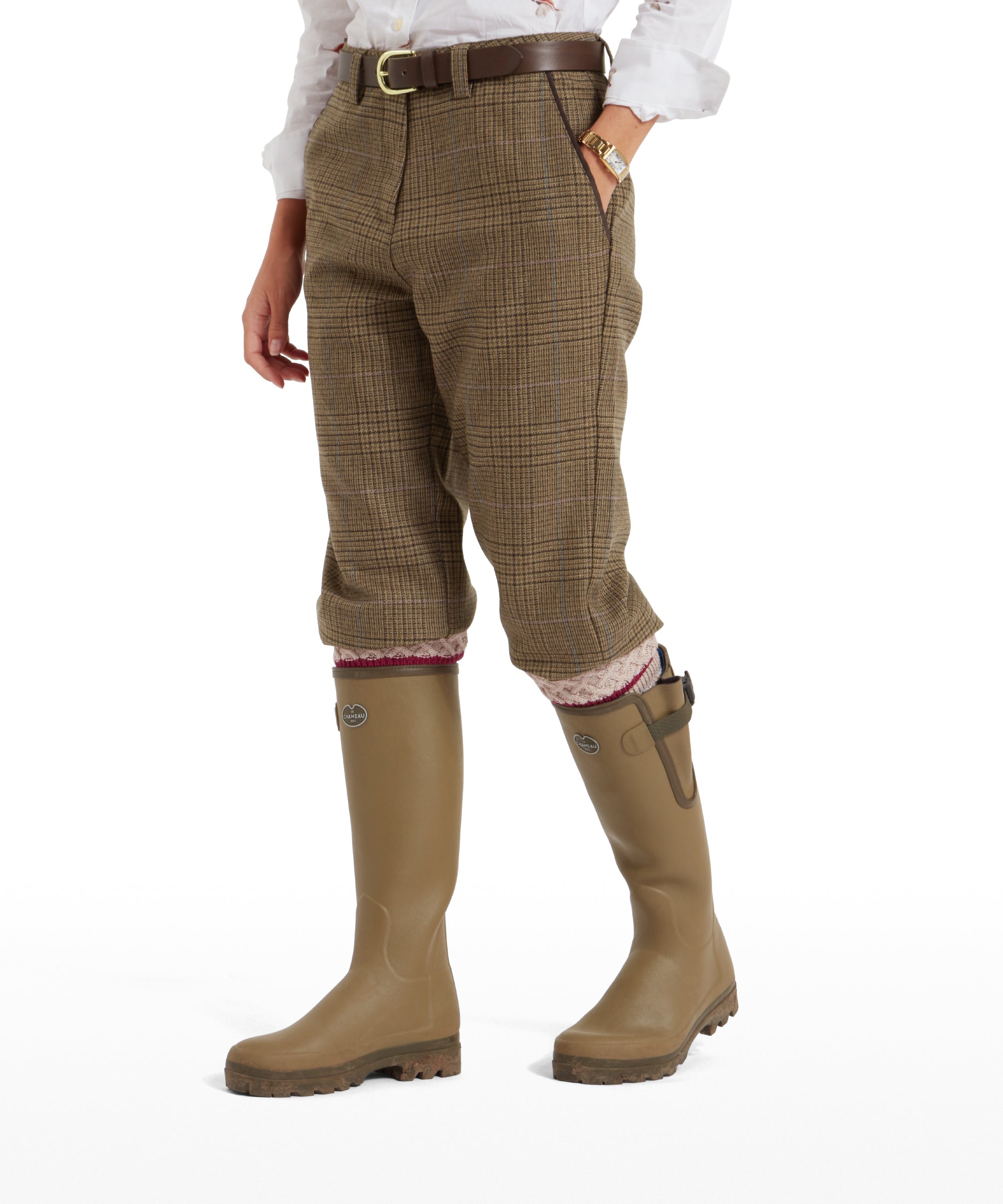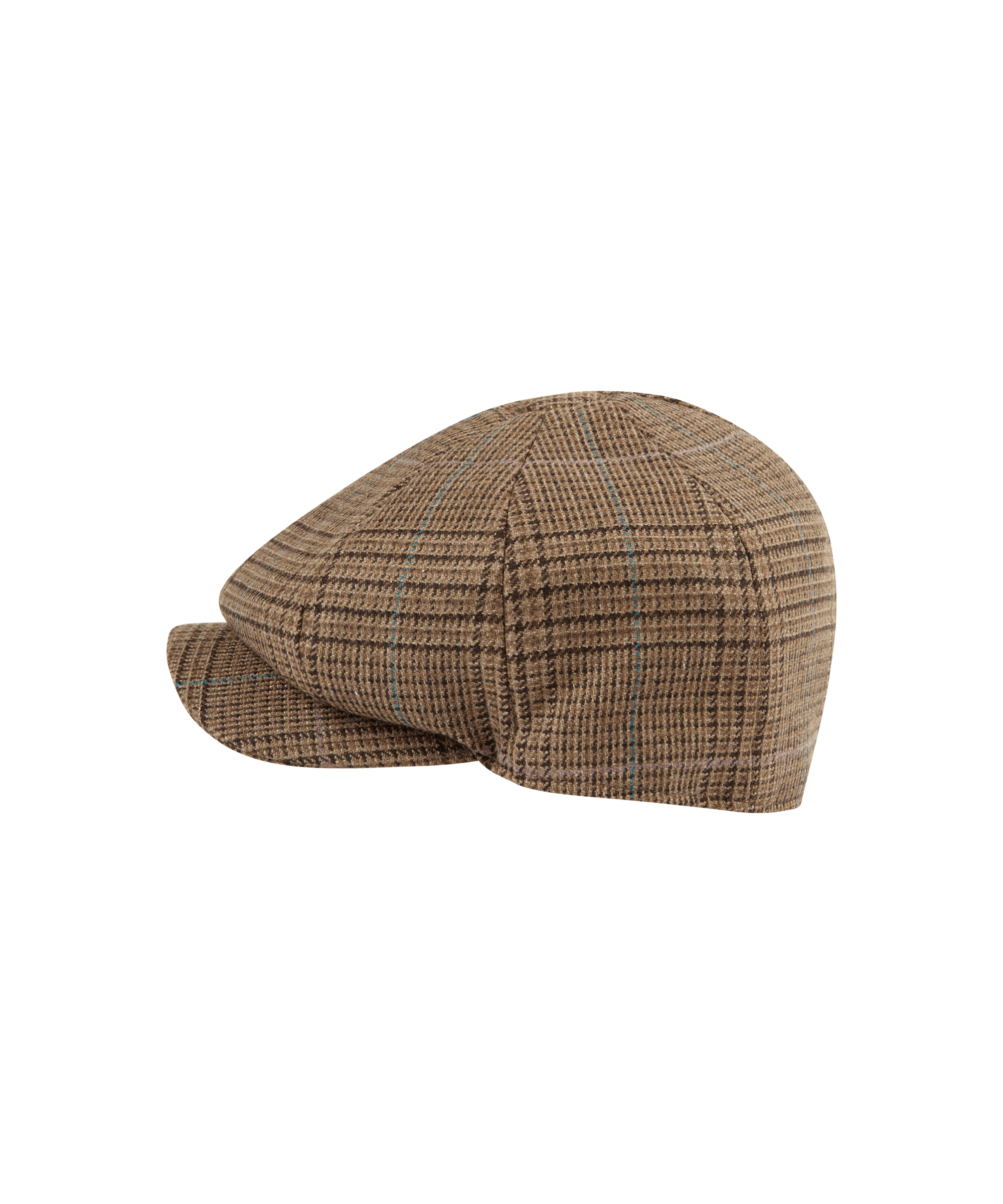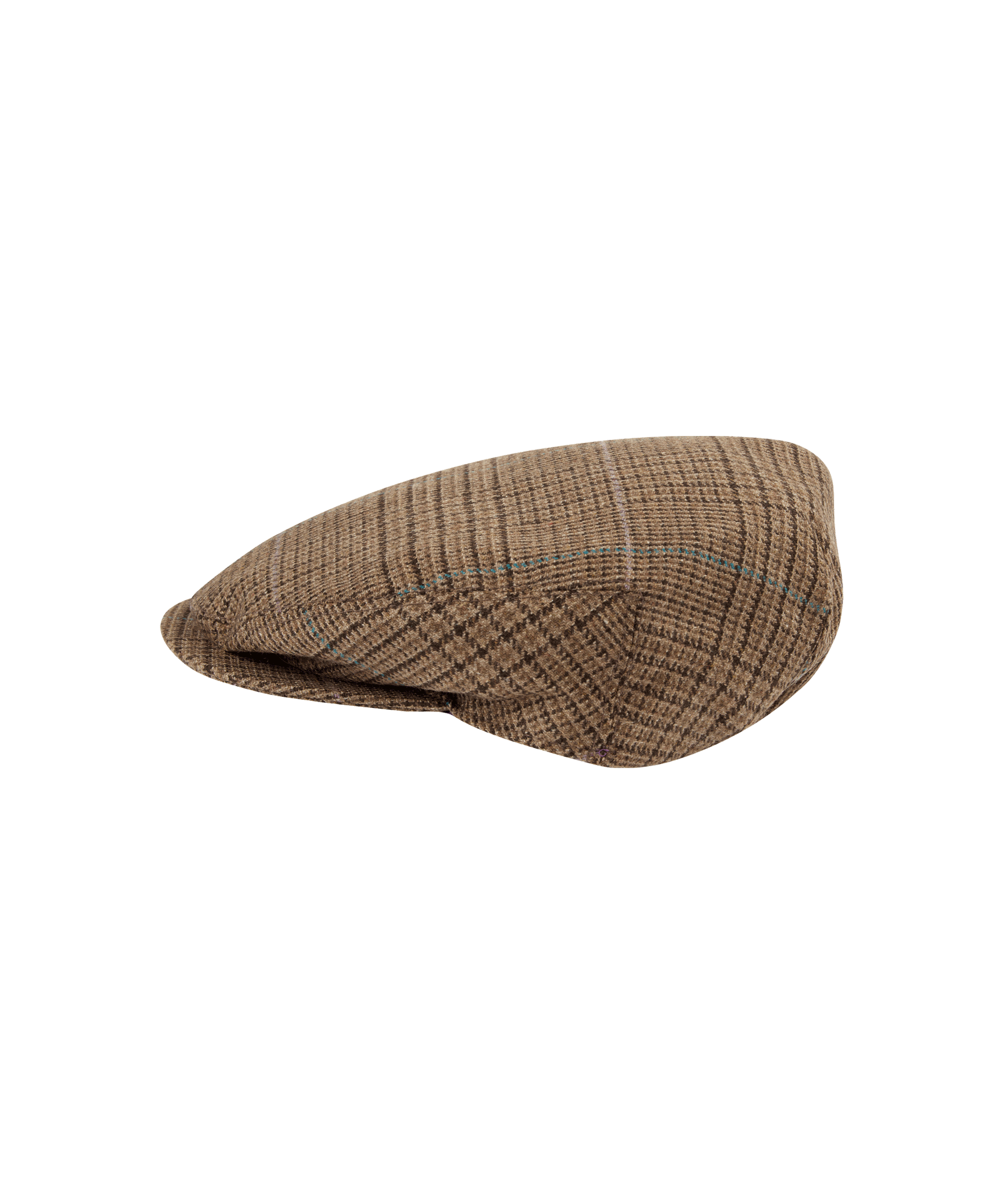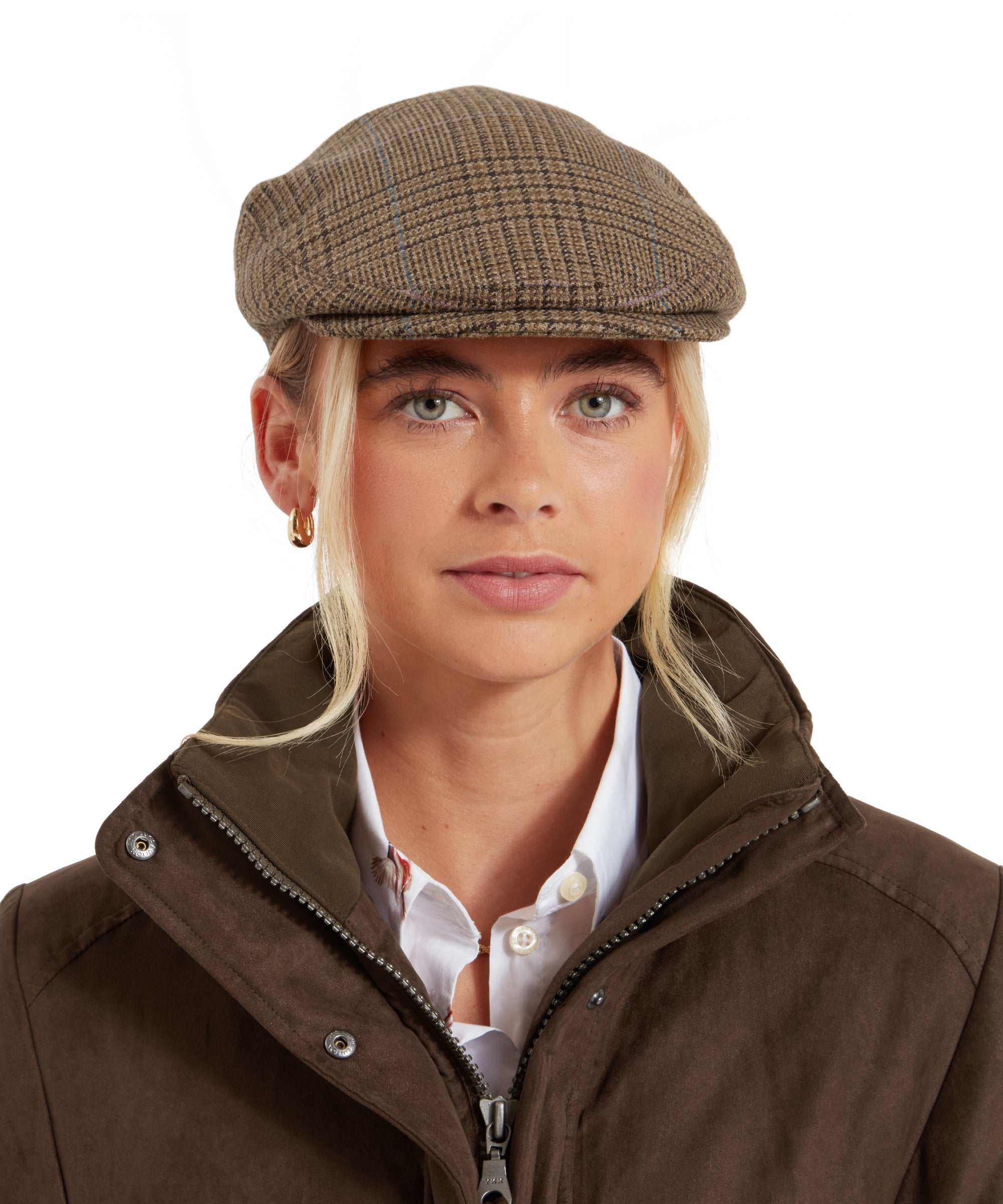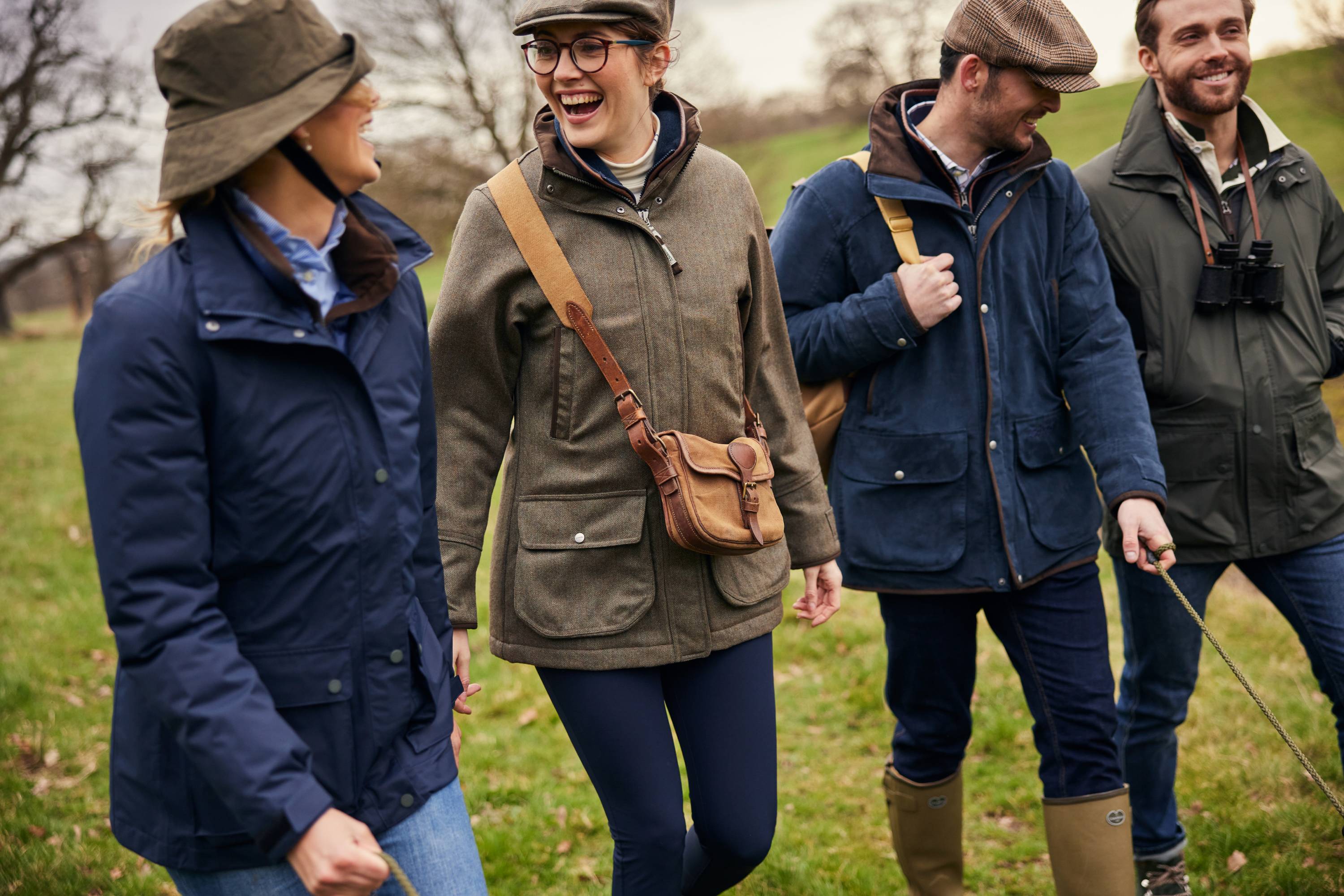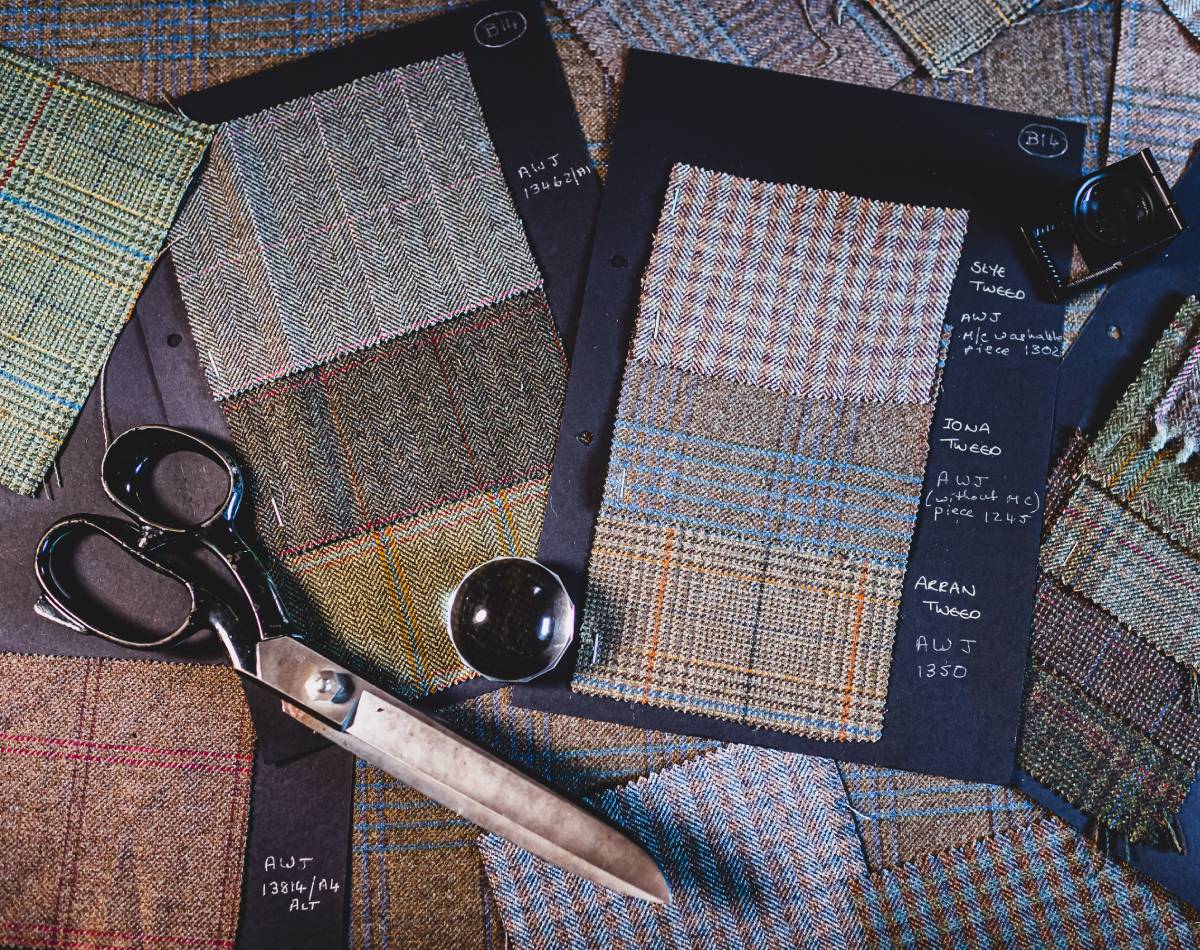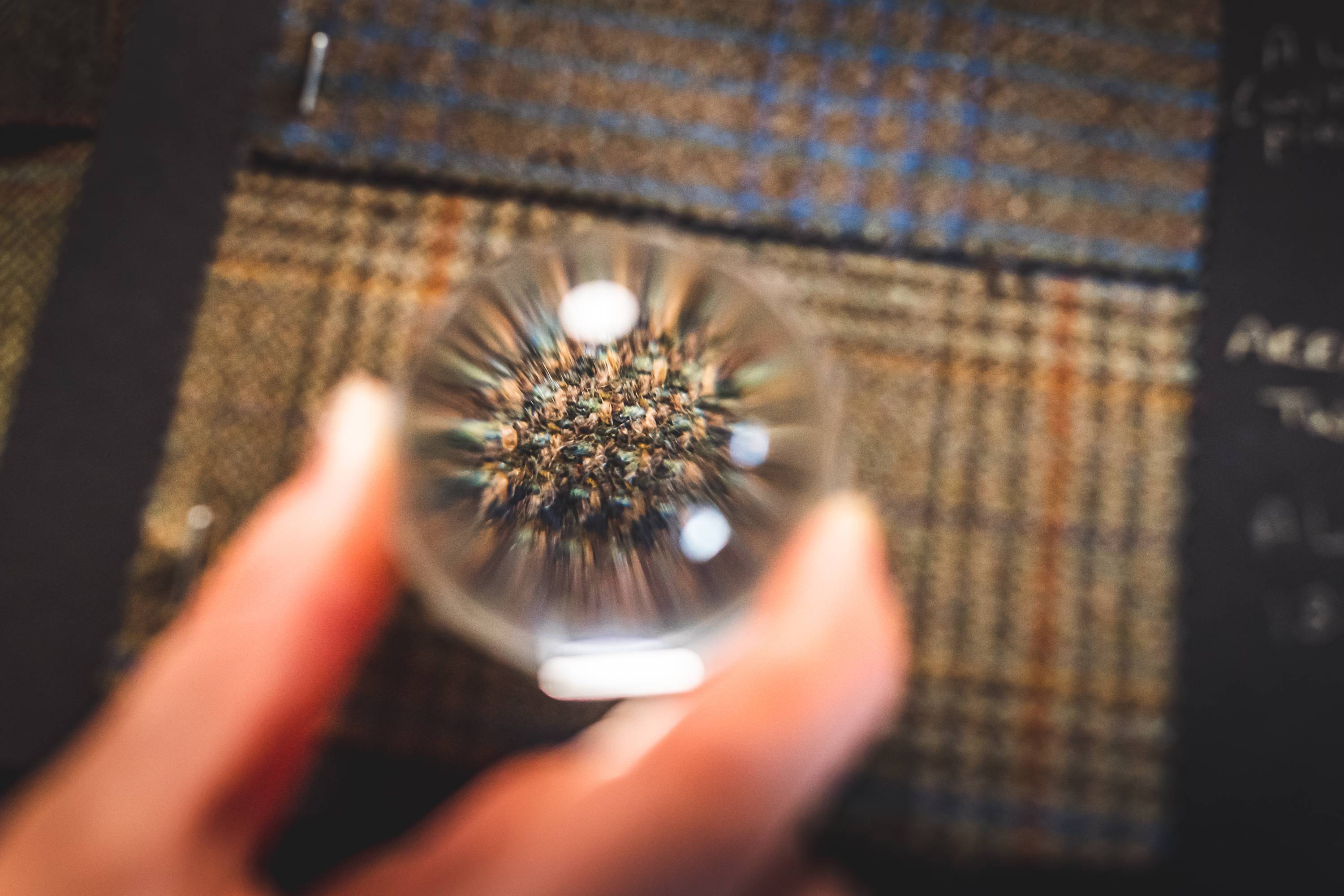
Tweed: Everything you need to know | Schöffel Country
From its history and how it is made, to its uses, versatility and care, this concise guide to tweed – the original performance fabric – explores it all.
Tweed clothing has long been associated with sophistication, timeless style, and natural performance. Whether you're a country clothing enthusiast or simply someone who appreciates heritage and quality craftsmanship, tweed will no doubt hold great appeal. In this comprehensive guide, we'll consider the history, production, versatility and care of a hard-wearing, all-weather material that we love at Schöffel Country.
A brief history of tweed
Tweed is a classic fabric that draws inspiration from the countryside and can be traced back to 18th-century Scotland. Originally, the patterned fabric – made from spun and woven sheep wool which has been dyed – was used as a practical material for outdoor wear due to its natural warmth and water-resistant properties. The name ‘tweed’ itself is thought to have originated from a misunderstanding, when a London merchant misread the label on a wool ‘tweel’, mistakenly believing the fabric to be named after the River Tweed.
Initially popular among those who spent a great deal of time outdoors in all weathers, tweed soon became a fabric of choice for the upper classes, known for its rugged durability and stylish aesthetic. Over time, tweed clothing found favour across the UK and further afield, establishing an enduring place in both traditional country wear and fashion circles.
While no single mill or region in Scotland can lay claim to be the birthplace of tweed, our friends at Lovat Mill, based in the Scottish Borders town of Hawick, have been producing the finest tweeds since 1882. You can learn more about Lovat Mill and how they make our tweed for us at Schöffel Country, here.
How tweed is made
Tweed is traditionally woven with a twill structure that gives it its signature texture and durability. The weaving process results in a fabric that has both visual interest and a tactile feel, which is what makes tweed so distinctive. The wool is often dyed in multiple colours before being spun into yarn – subtle colours inspired by the countryside tend to be the go-to – creating the characteristic flecked or multi-coloured appearance seen in most tweed garments.
But the journey from wool to finished cloth is quite incredible. There are many steps to making quality tweed, some of which are as complex as they are meticulous. Broadly speaking, though, the tweed-making process can be split into: design and yarn selection; dyeing and blending; spinning, twisting and winding; warping and weaving; darning; finishing; and inspecting and quality control. Age-old skills, extreme precision, and attention to detail are central to every step.
The natural properties of tweed
Tweed is made from wool, a natural material known for its insulating, moisture-wicking, and breathable qualities.
Wool’s natural ability to repel water and remain breathable makes tweed especially suitable for outdoor activities in unpredictable weather, allowing us to better regulate our body temperature.
The sturdy yet soft texture of tweed garments provides comfort, warmth and protection without sacrificing style. The wool fibres used in tweed also have a natural elasticity that helps garments hold their shape – not forgetting that lambswool is also hypoallergenic and biodegradable, making it an eco-friendly fabric choice.
Schöffel Country’s British-milled tweed
At Schöffel Country, we are very proud to partner with the esteemed Lovat Mill in Scotland for the design and production of our tweed. Our designs focus on combining the traditional characteristics of tweed with modern performance and style. It’s a collaborative process which draws on the experience of true artisans, and we use only the finest British wool.
Our tweed pieces – which include jackets, coats, waistcoats, skirts, trousers and caps – are renowned for their comfort, quality, and longevity. Each one is testament to how a traditional fabric can be shaped and tailored to meet the desires of today’s customers without losing that heritage-steeped appeal.
The versatility of tweed clothing
One of the standout features of tweed is its incredible versatility. Originally intended as practical, durable outerwear, tweed has since evolved into a fashionable fabric suitable for a variety of occasions.
From Cheltenham Festival to The Game Fair, and Badminton Horse Trials to a day in the office, tweed lends itself to all manner of settings. Indeed, tweed clothing can easily be dressed up – for more formal events, where being smart is the order of the day – or dressed down, for relaxed yet refined style in city or country. Stylist Alice Hare shares some excellent advice in her blog post.
Despite its often-subtle colour, tweed can serve as a standout statement piece that transforms an outfit. And that can be the case right the way through the seasons; tweed needn’t be confined to the colder months of the year. The Schöffel Berwick Nehru Tweed Waistcoat for men, and our women’s Millport Tweed Nehru Waistcoat, are fine examples of lightweight pieces that add a elegance and sophistication to classic summer pairings – think shirts, chinos and skirts.
How to care for tweed
A naturally resilient fabric, tweed can withstand some wear and tear, but it still requires some care if you wish to extend its lifespan. While your starting point should always be referring to the care label on the garment in question, there are some key points to bear in mind to help you keep your tweed in good condition.
How to wash tweed
While most tweed garments are dry clean only, many of our tweed pieces at Schöffel Country are machine washable.
When machine-washing tweed, it is important to always check the care label for specific instructions that relate to temperature, time, cycle type, and the use of detergents. And, to avoid machine washing too often, it is generally best to spot clean small stains. If hand-washing, use cold water and a mild detergent suitable for wool, and gently agitate the fabric to avoid damaging the fibres.
How to dry tweed
Drying tweed is another critical aspect of its care, and what you do after washing it is just as important. Never wring out or twist tweed, as this can distort its shape. Instead, air-drying is the way to go. To remove excess water, you may wish to lay the product flat on a dry towel which can then be rolled up briefly before the garment is then reshaped and laid flat again. While drying, keep your tweed clothes away from direct heat sources or sunlight, as these can lead to shrinkage or fading.
How to store tweed
Often overlooked is how we store our tweed clothes. This can play a key part in keeping them in great condition for many years. A cool, dry environment is best. If you’ve been caught out in the rain in your tweed, you’ll need to let it air-dry in a well-ventilated area – again, we’d recommend laying it flat if it’s more than a little damp.
Once dry, a breathable garment bag will prevent any build-up of dust and keep your tweed garments safe from moths. We recommend padded or wooden hangers rather than wire hangers, as the latter can cause stretching.
Ultimately, tweed is more than just a fabric; it’s a testament to quality, craftsmanship, and timeless style. Whether you’re donning a Ptarmigan Tweed Jacket for a weekend in the field, or sporting a tweed blazer for a day at the races, this fabric offers unmatched versatility and sophistication. With a little care and maintenance, your tweed clothing can remain a wardrobe staple for years to come. Put simple, if you embrace the heritage, comfort, and functionality of tweed, and you’ll soon discover why it’s been a favourite fabric of those who love country life for the past two centuries.

